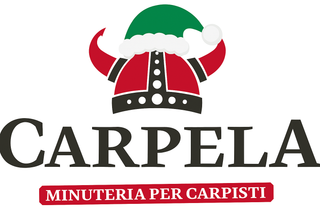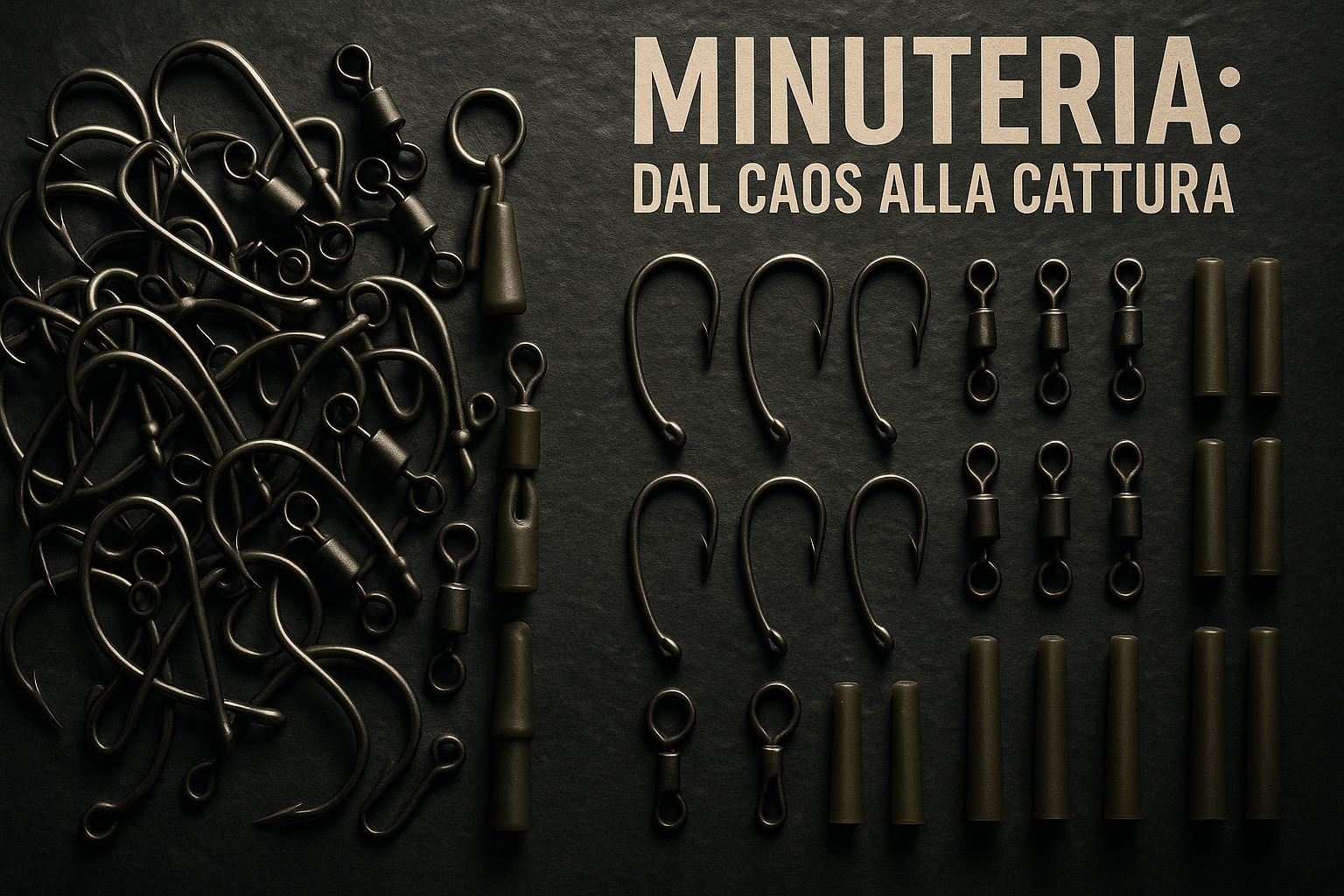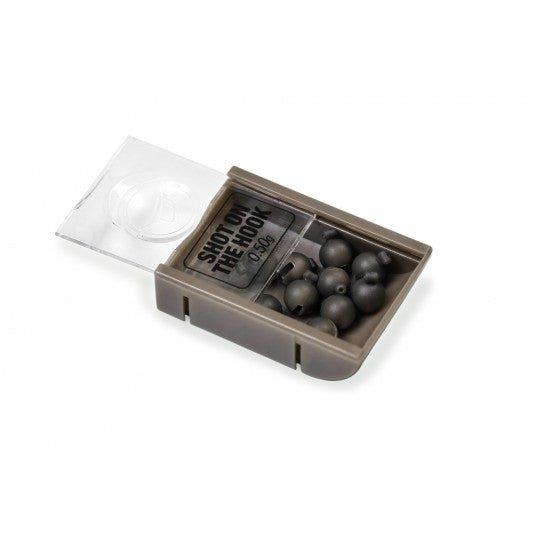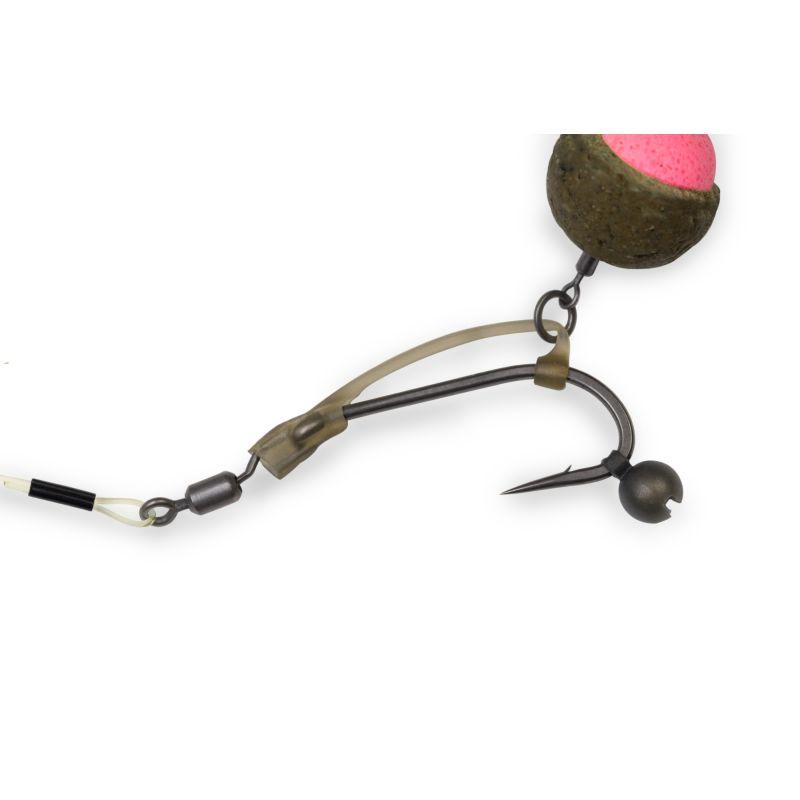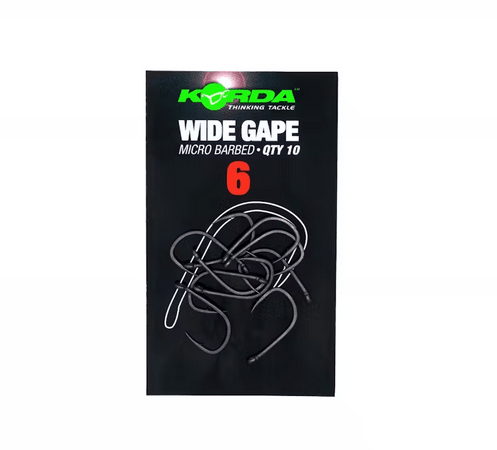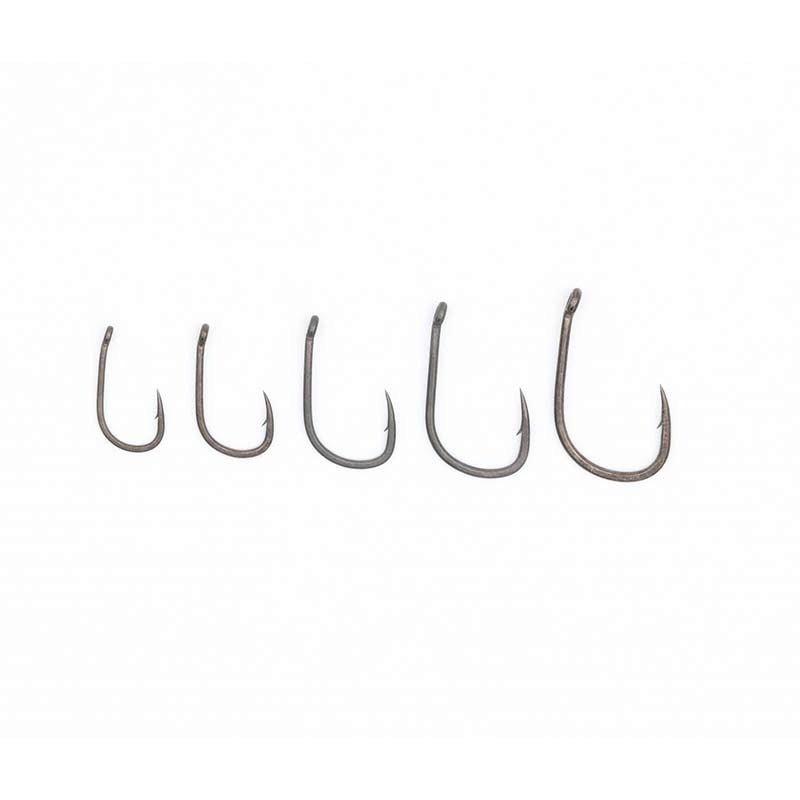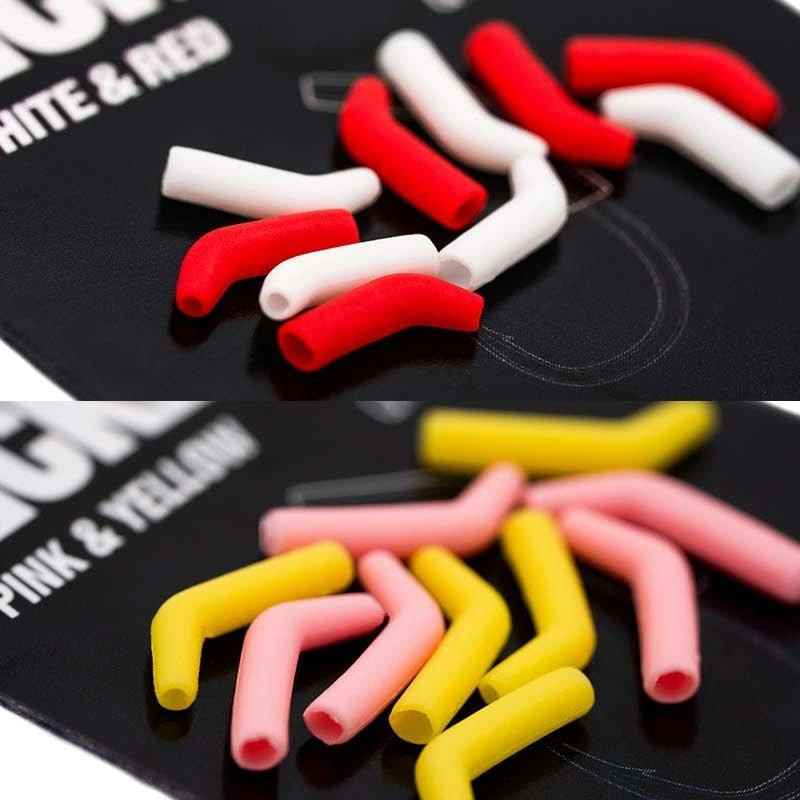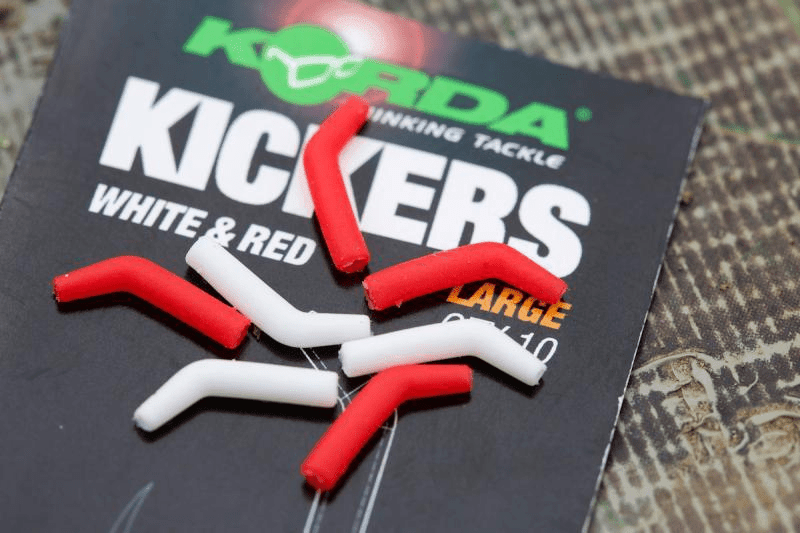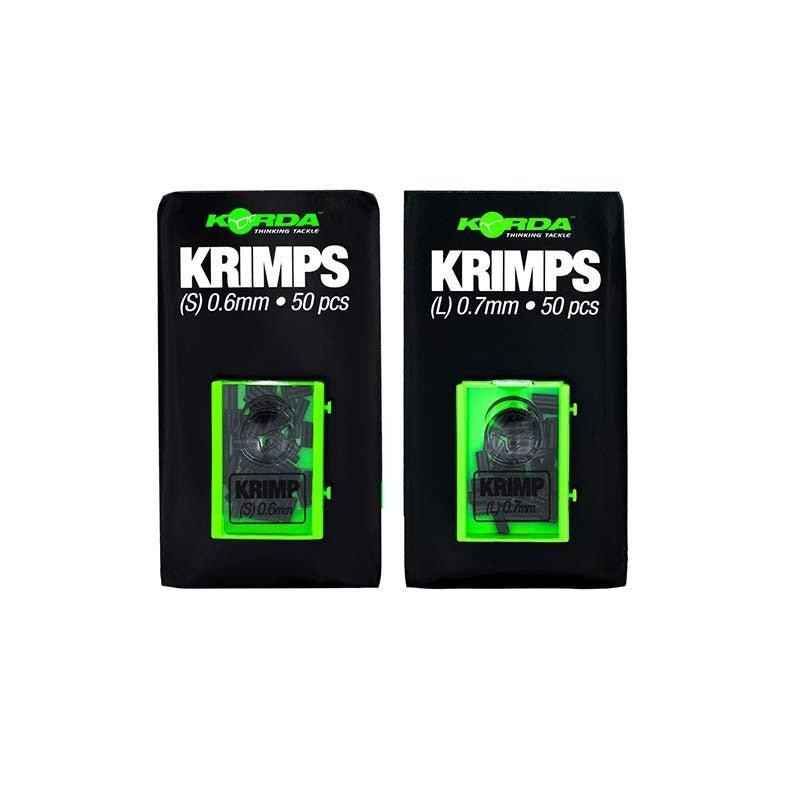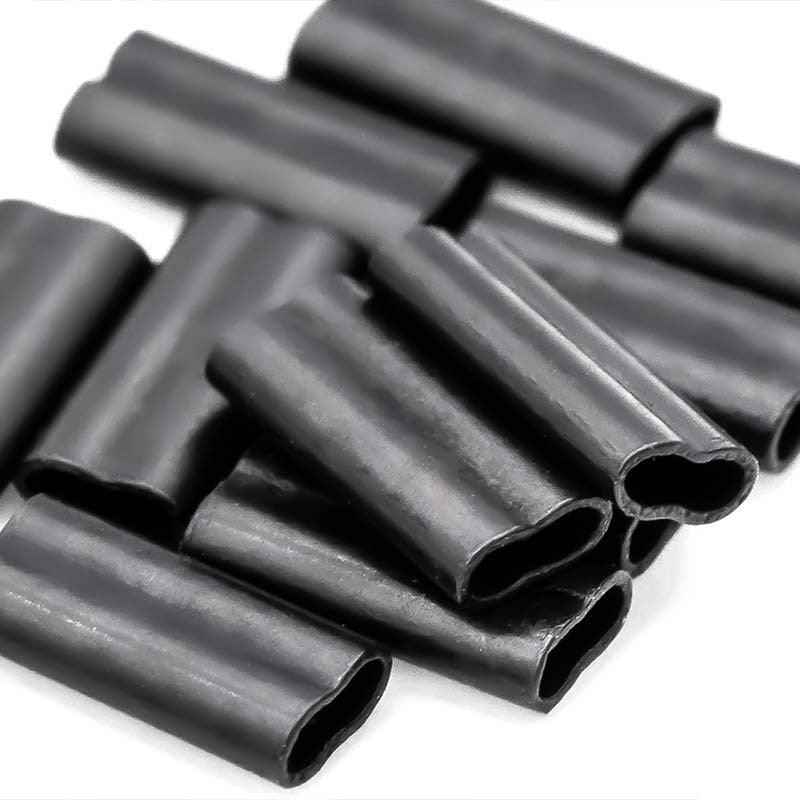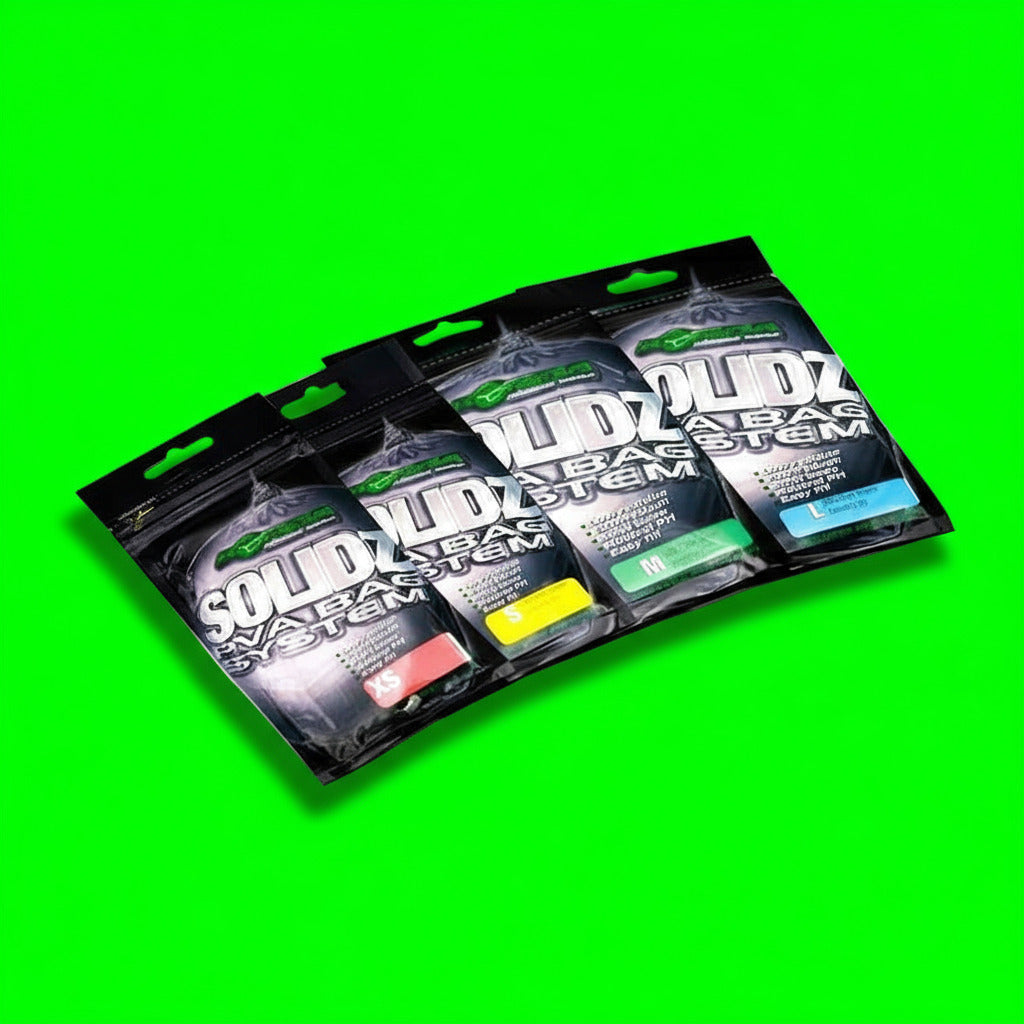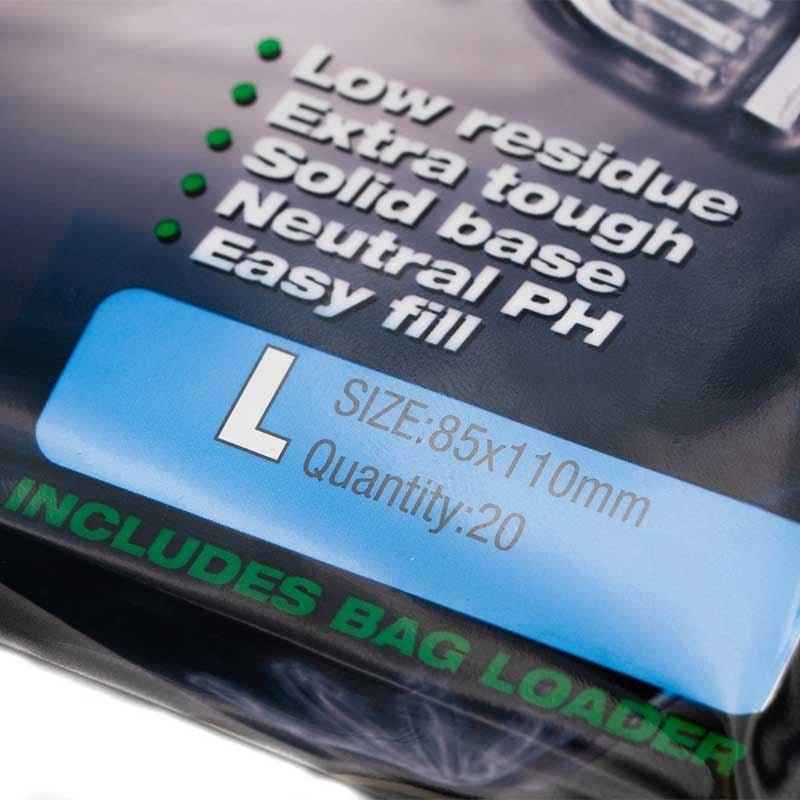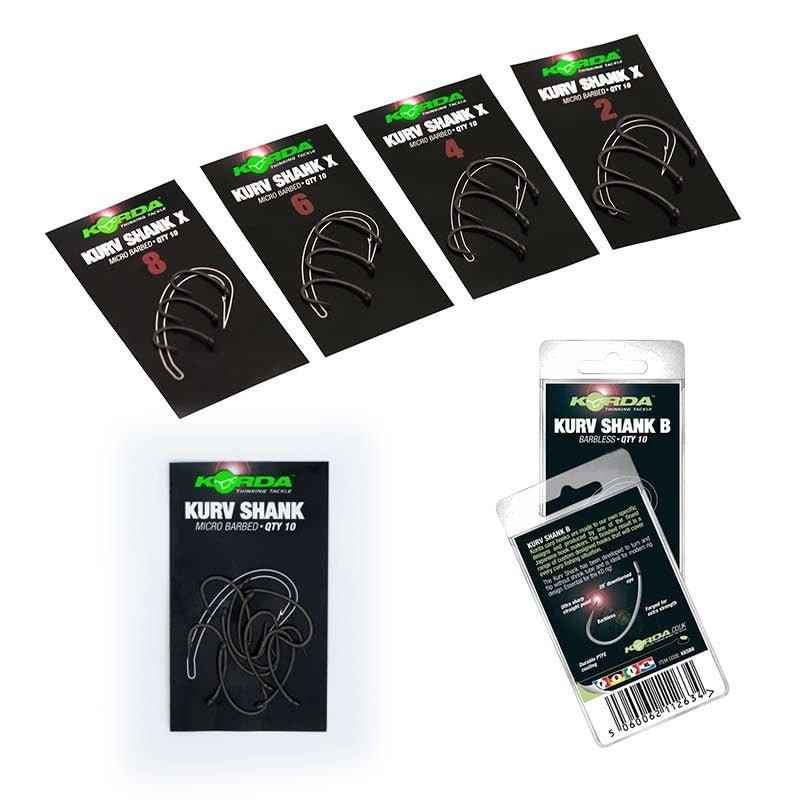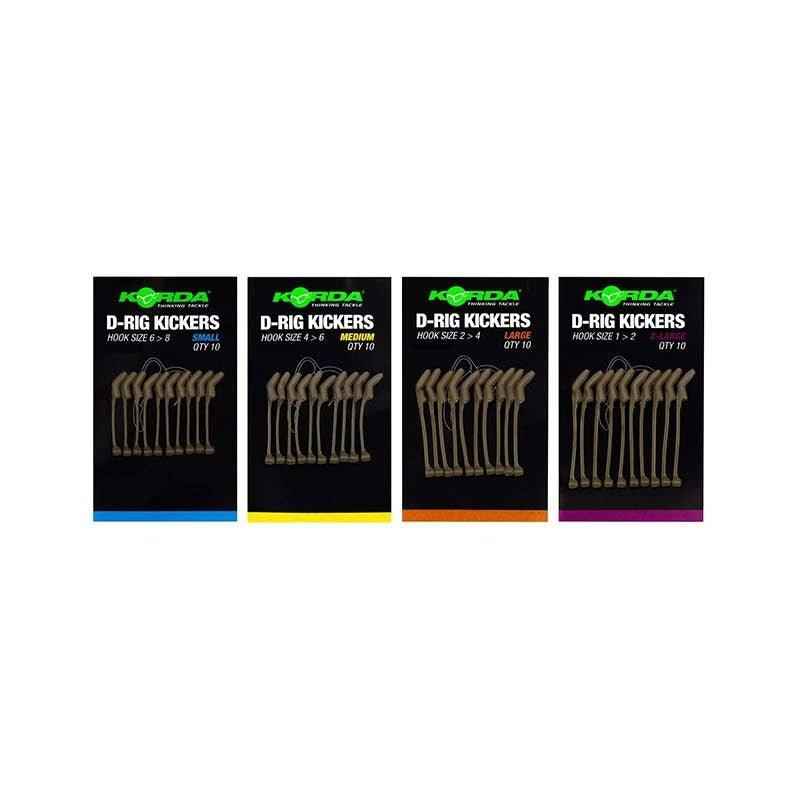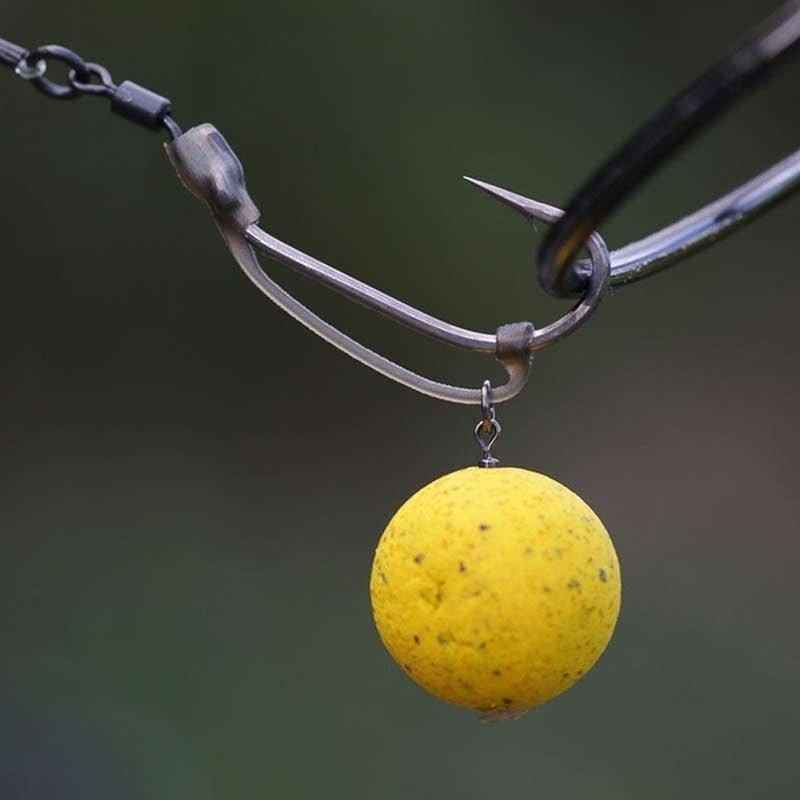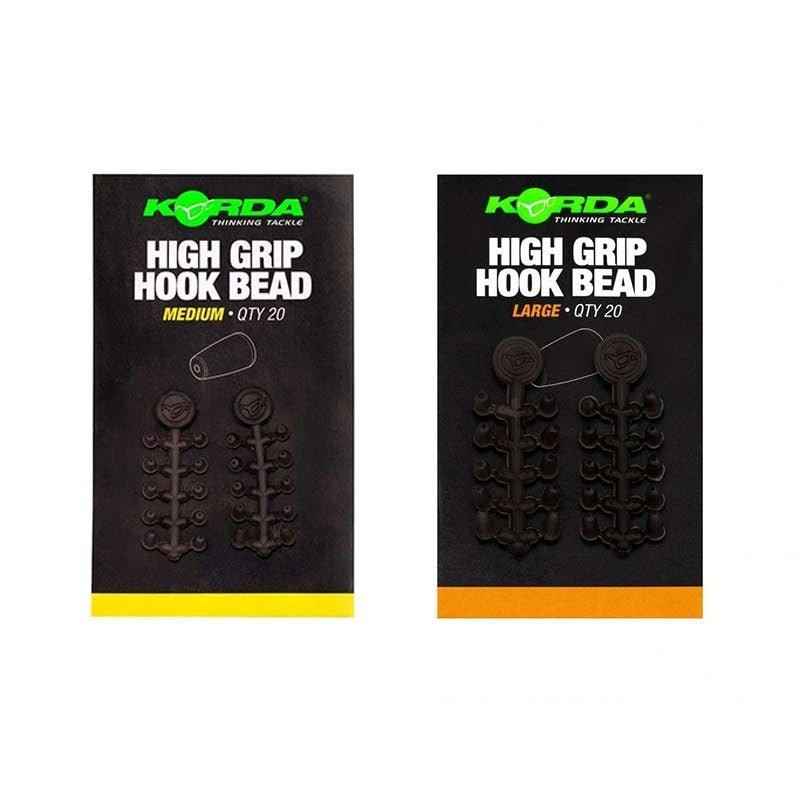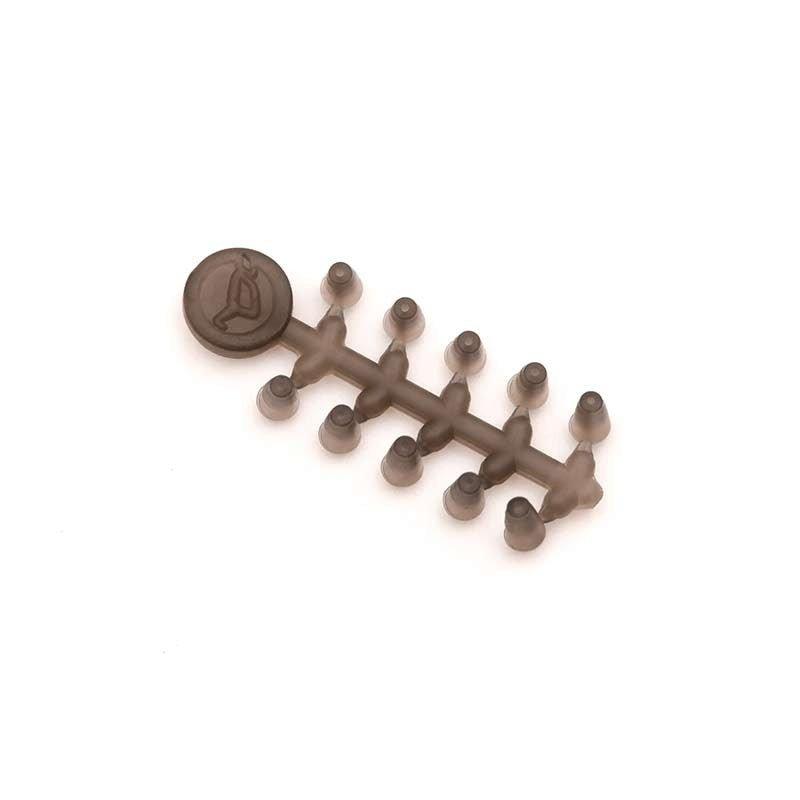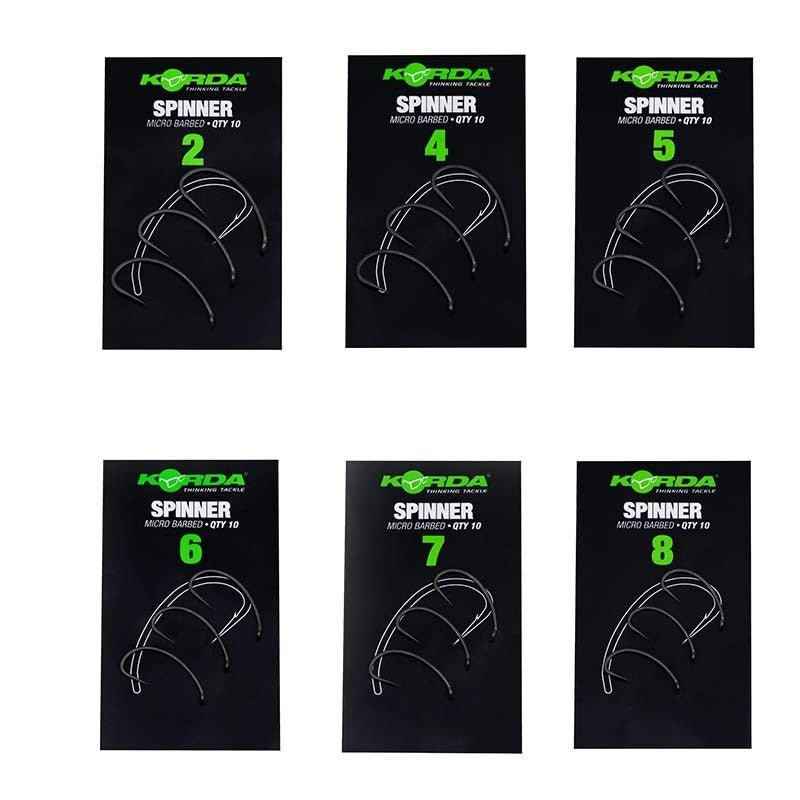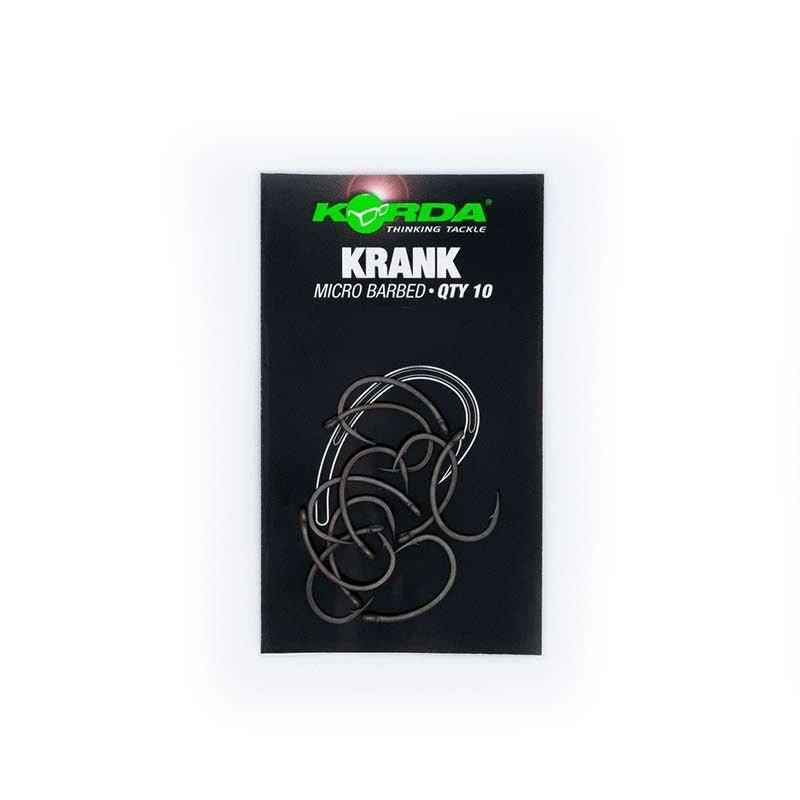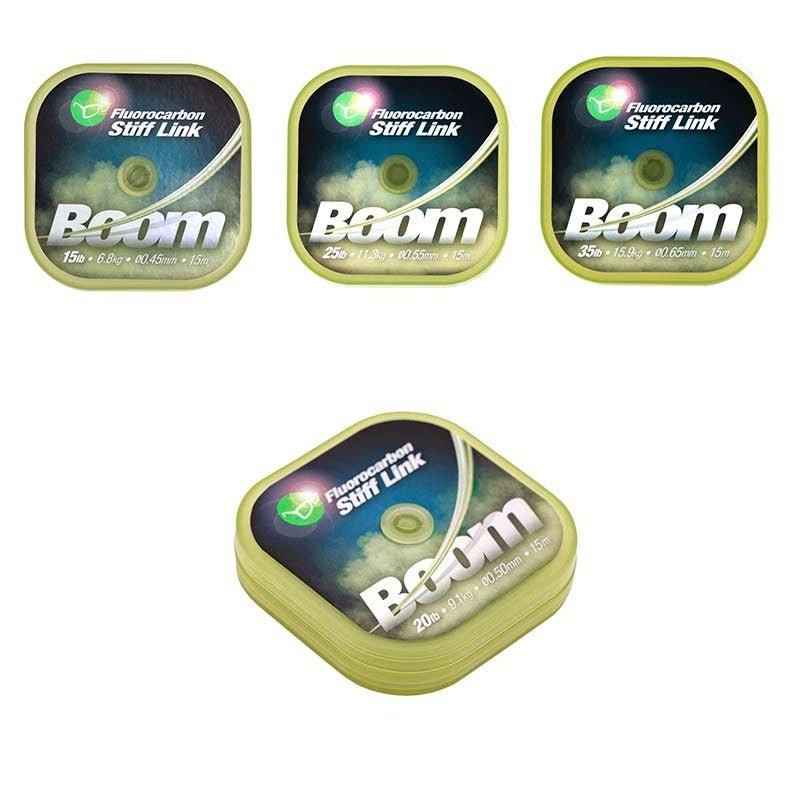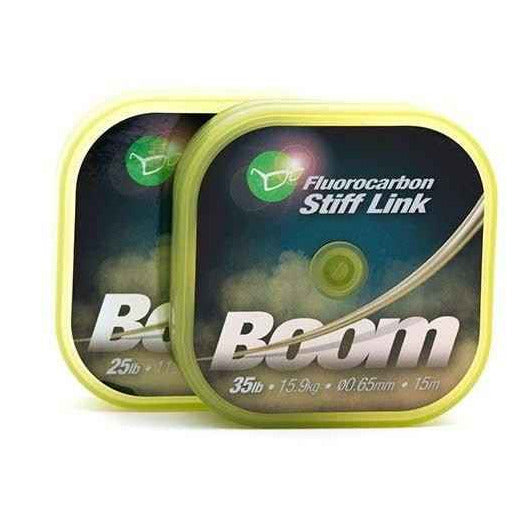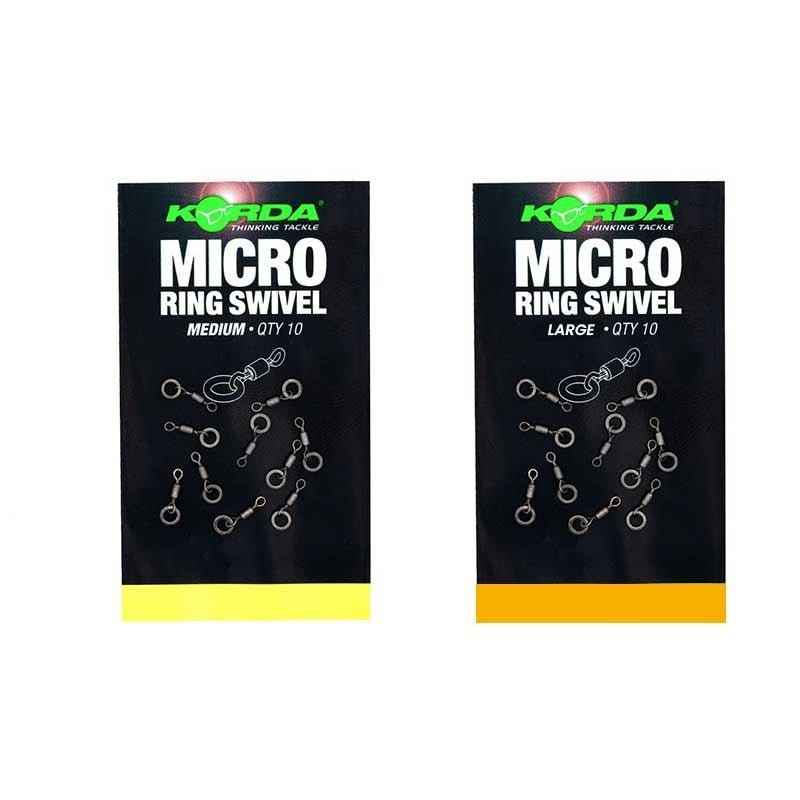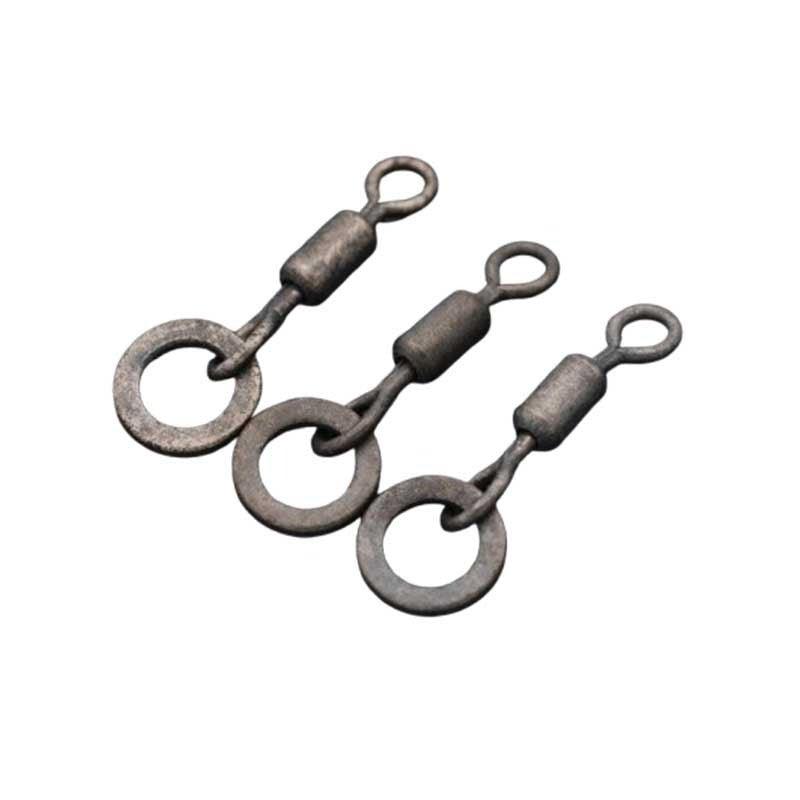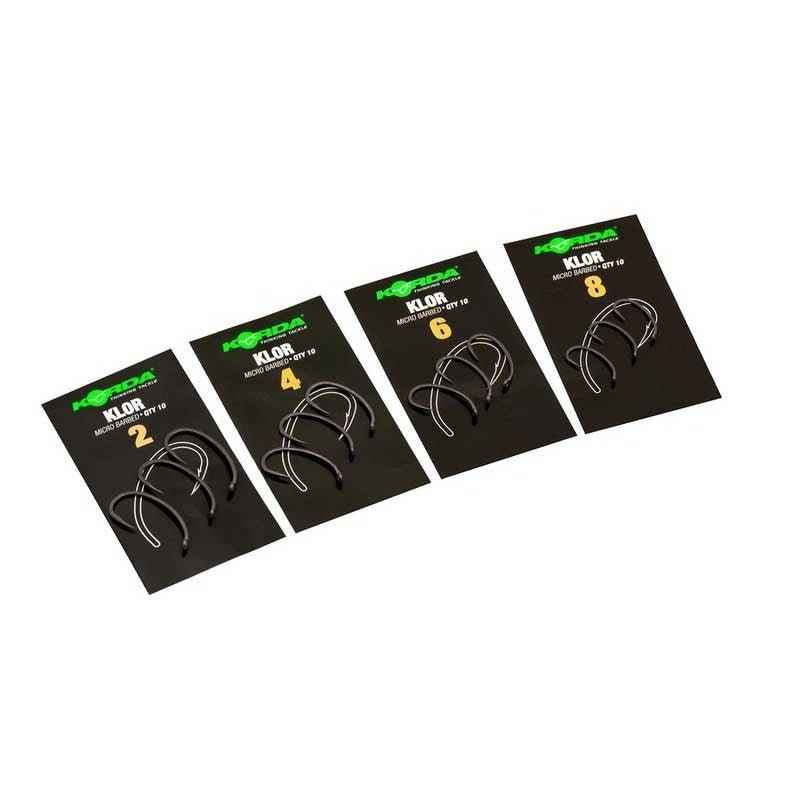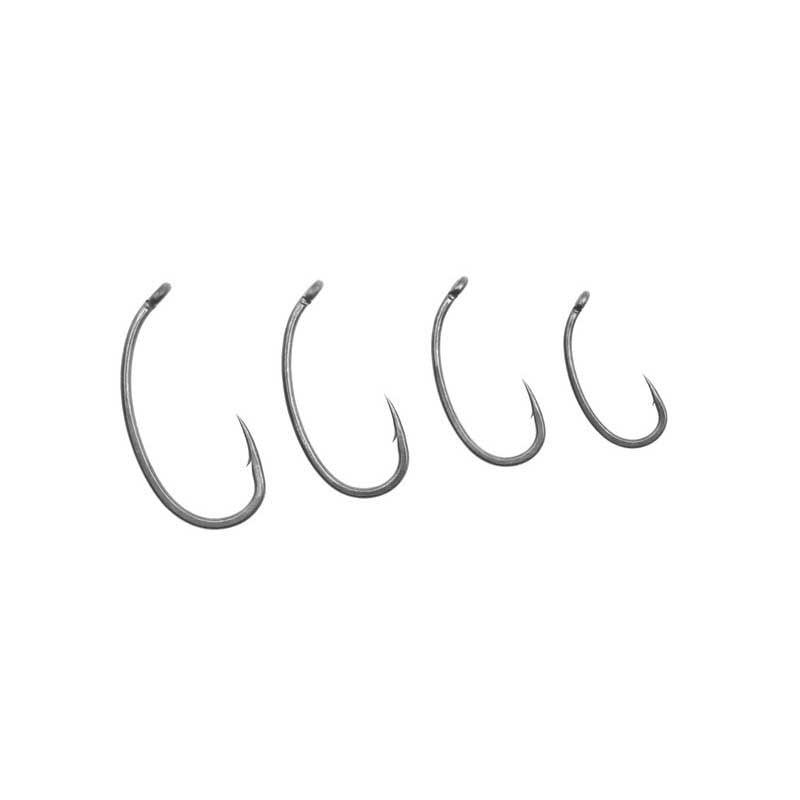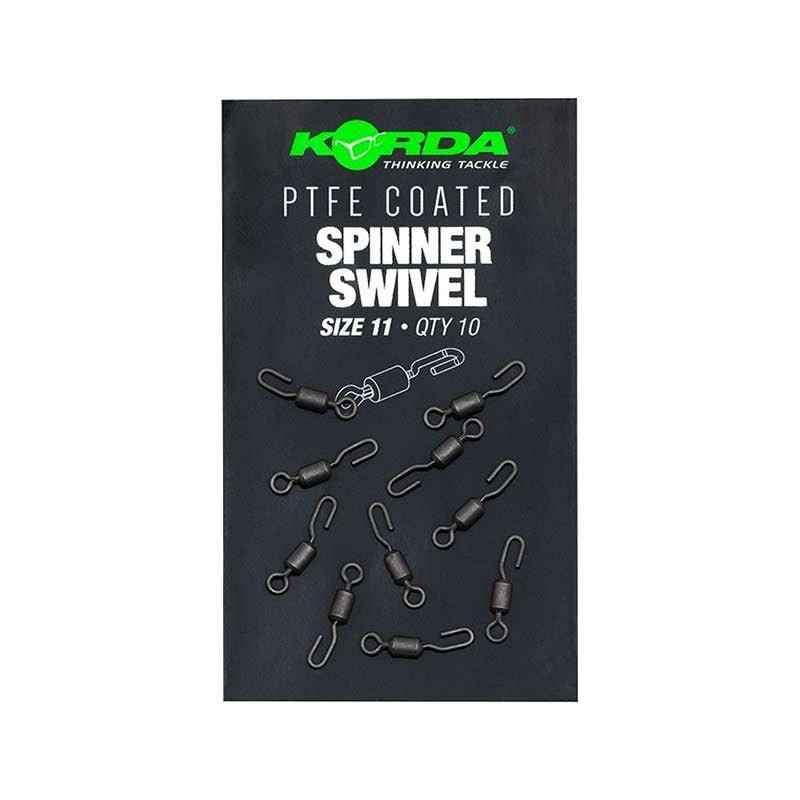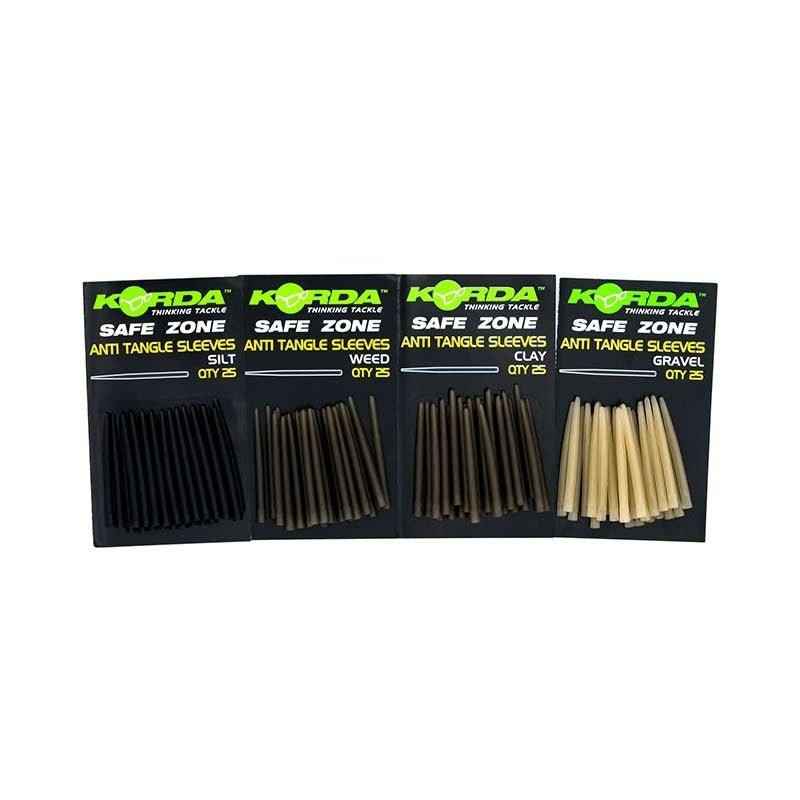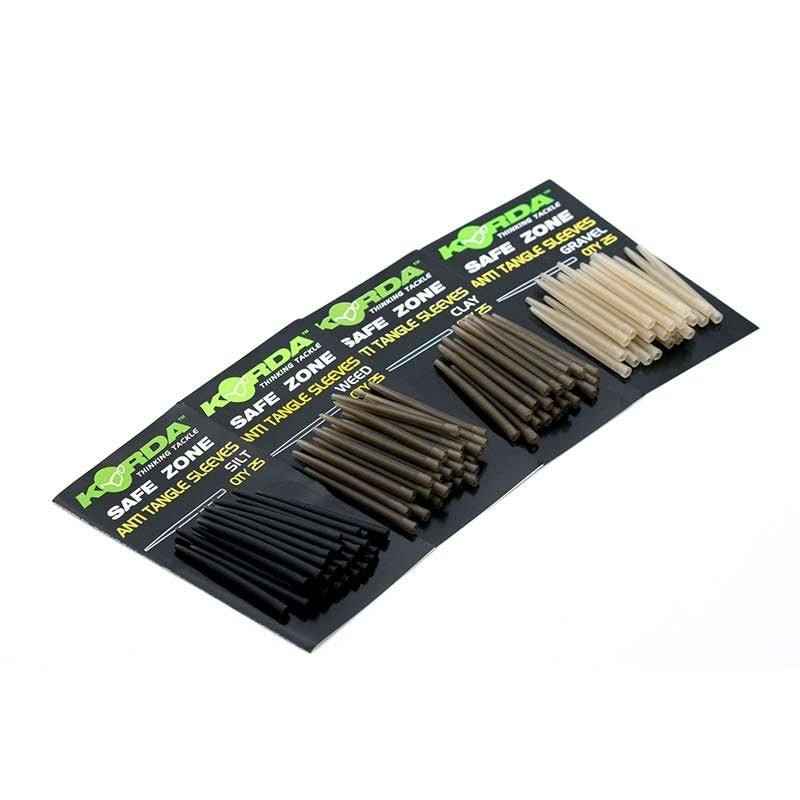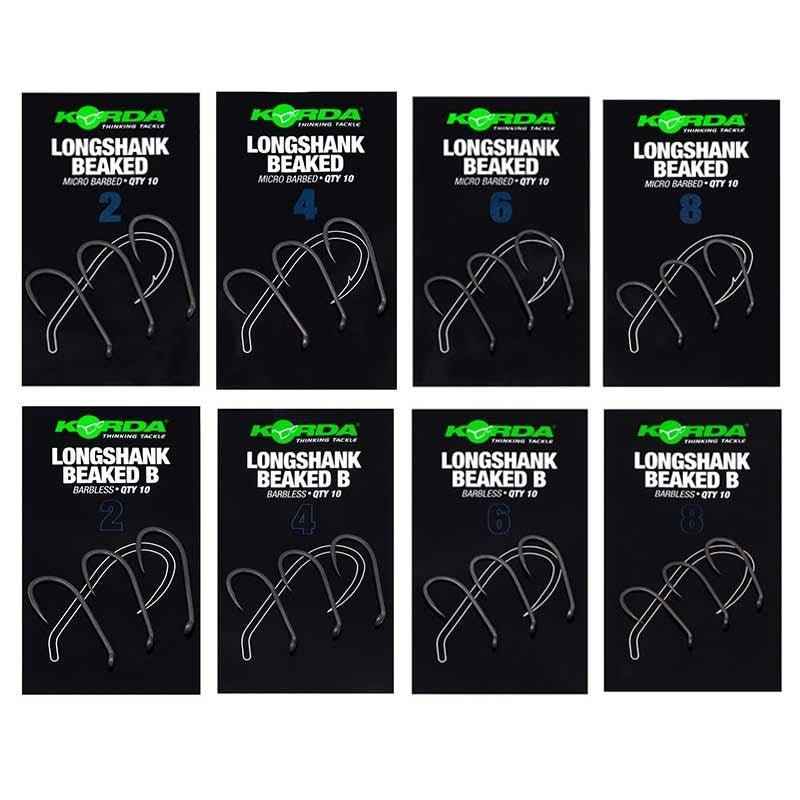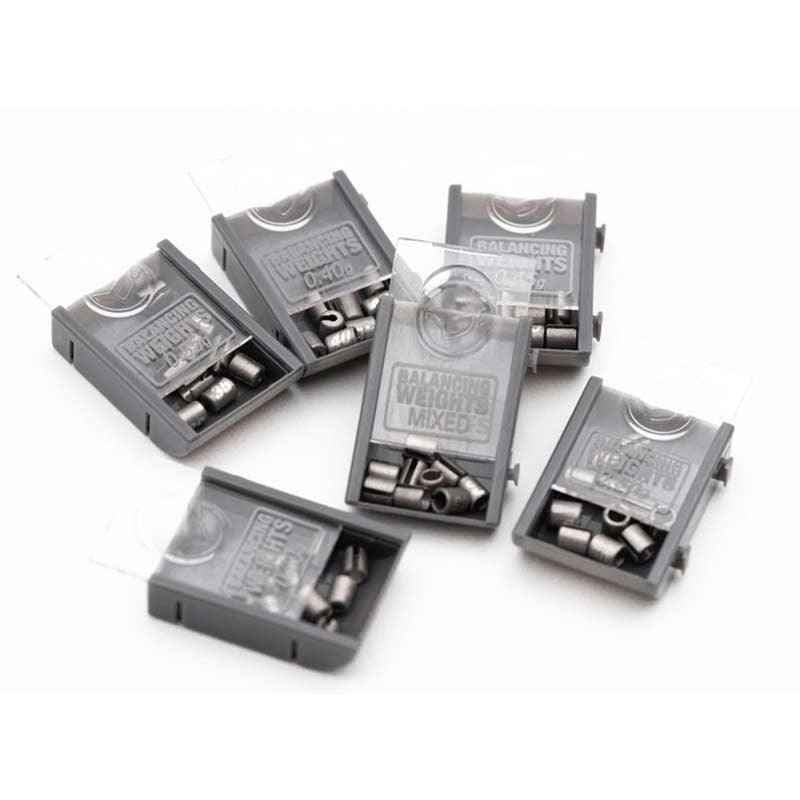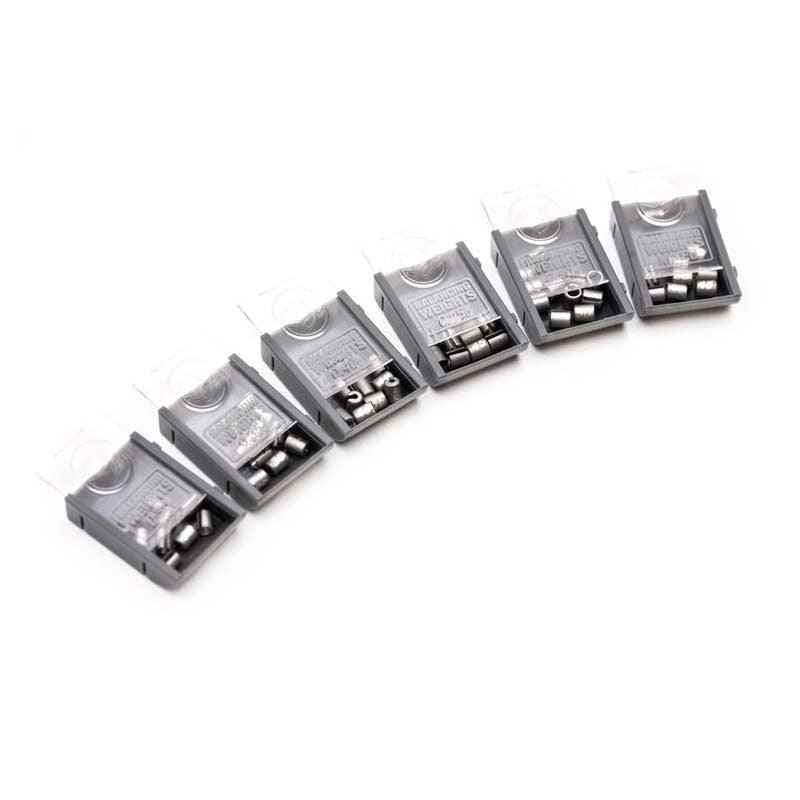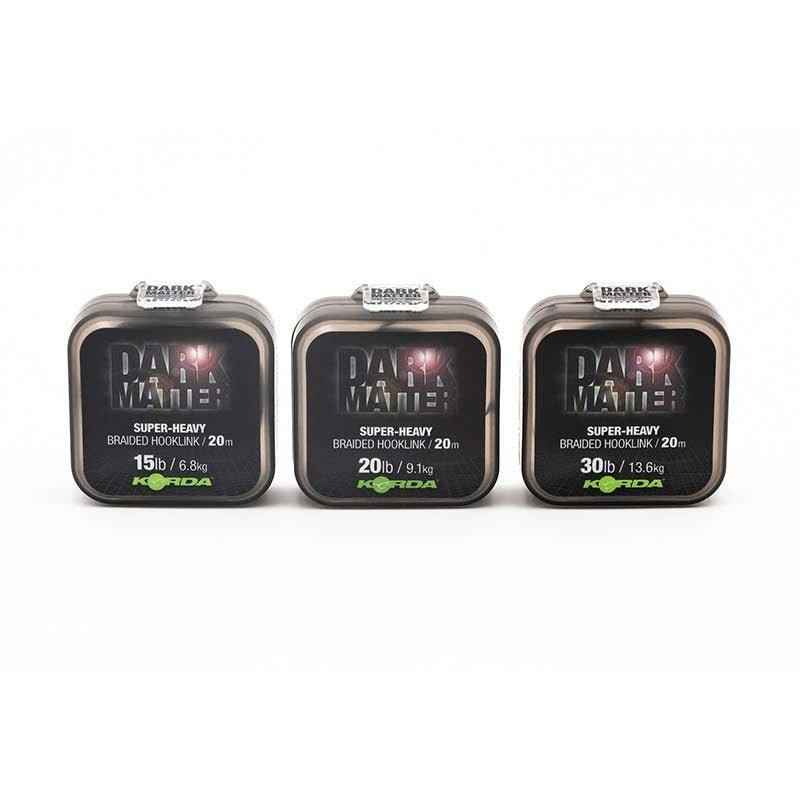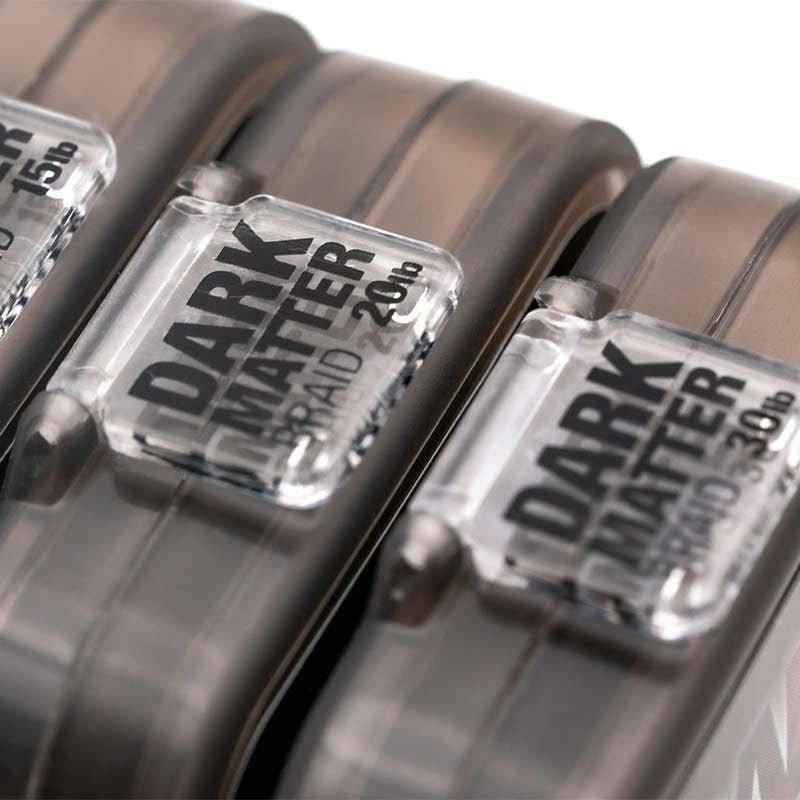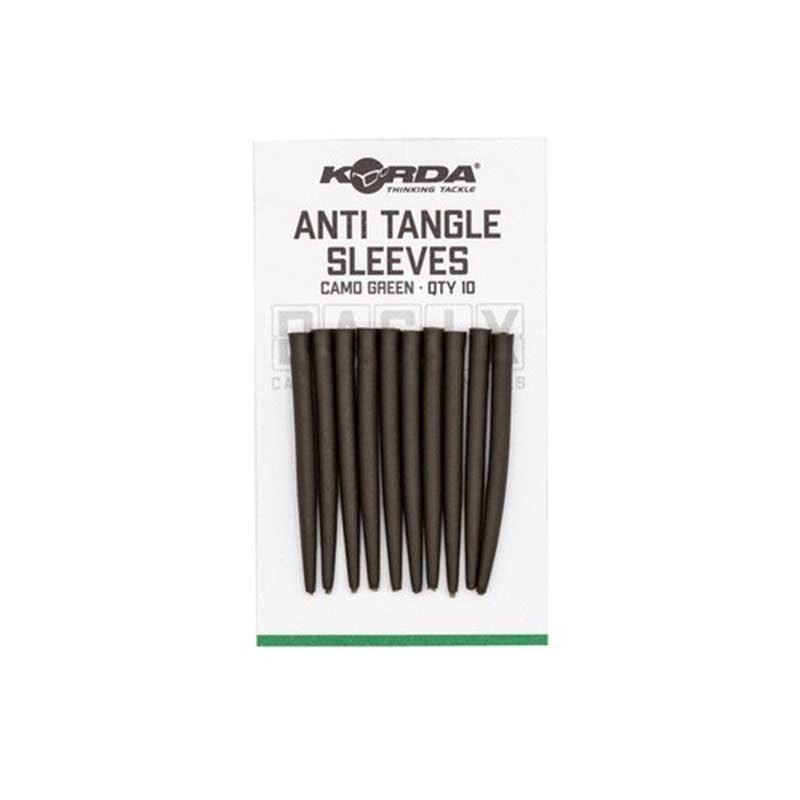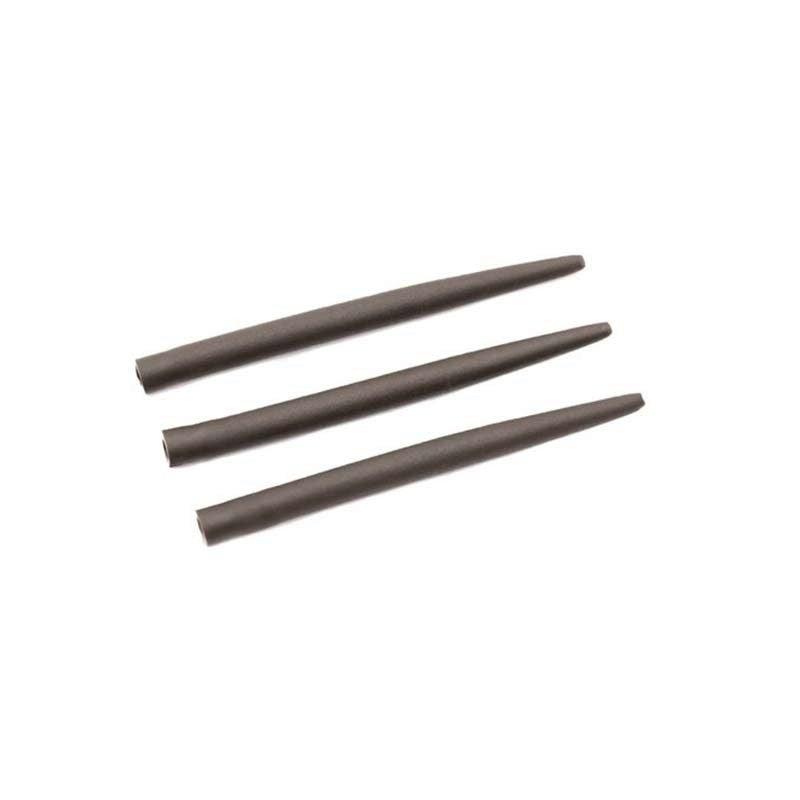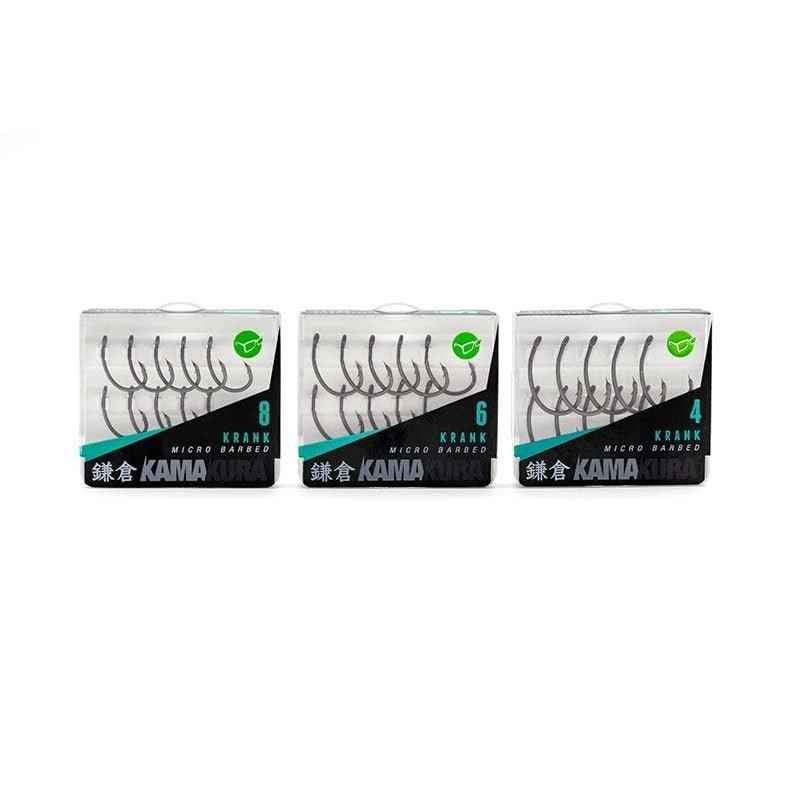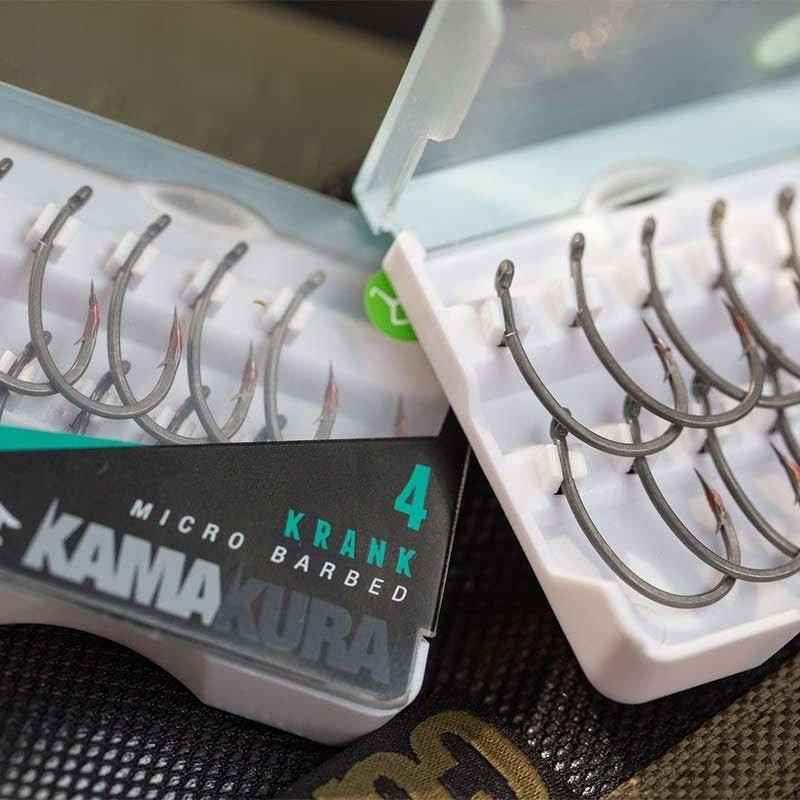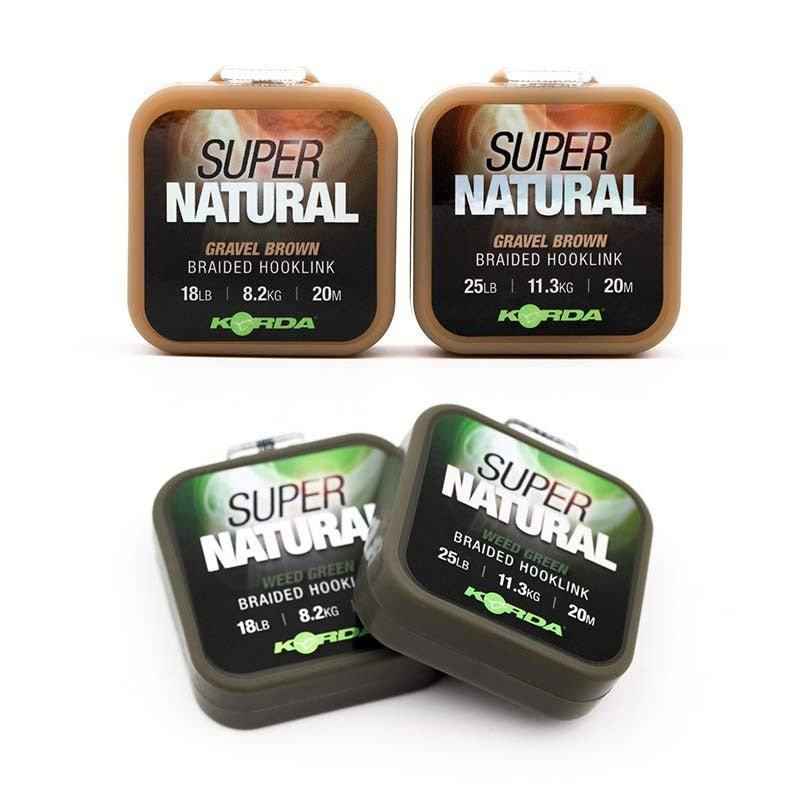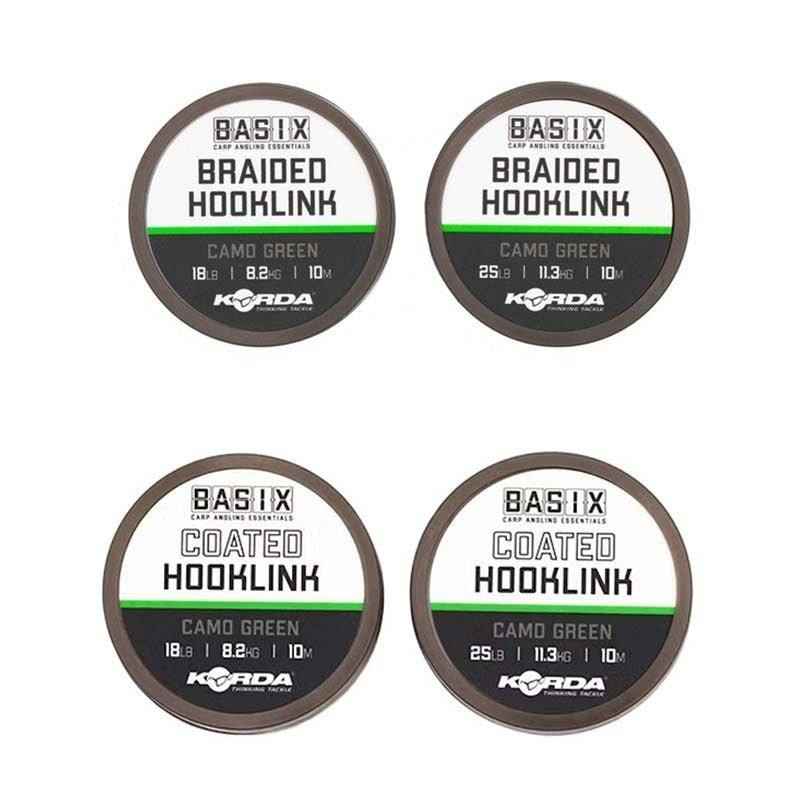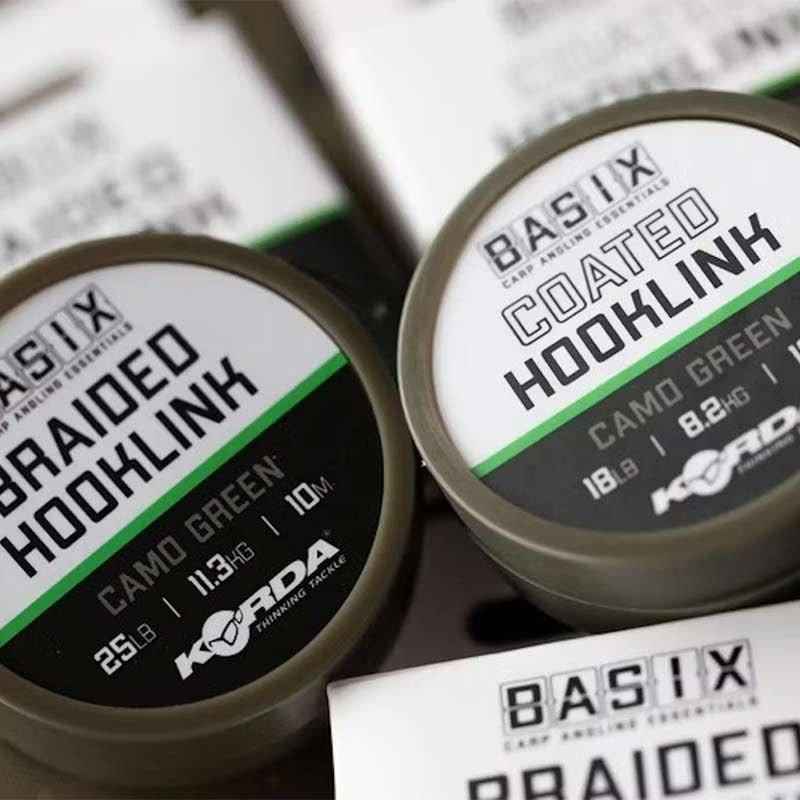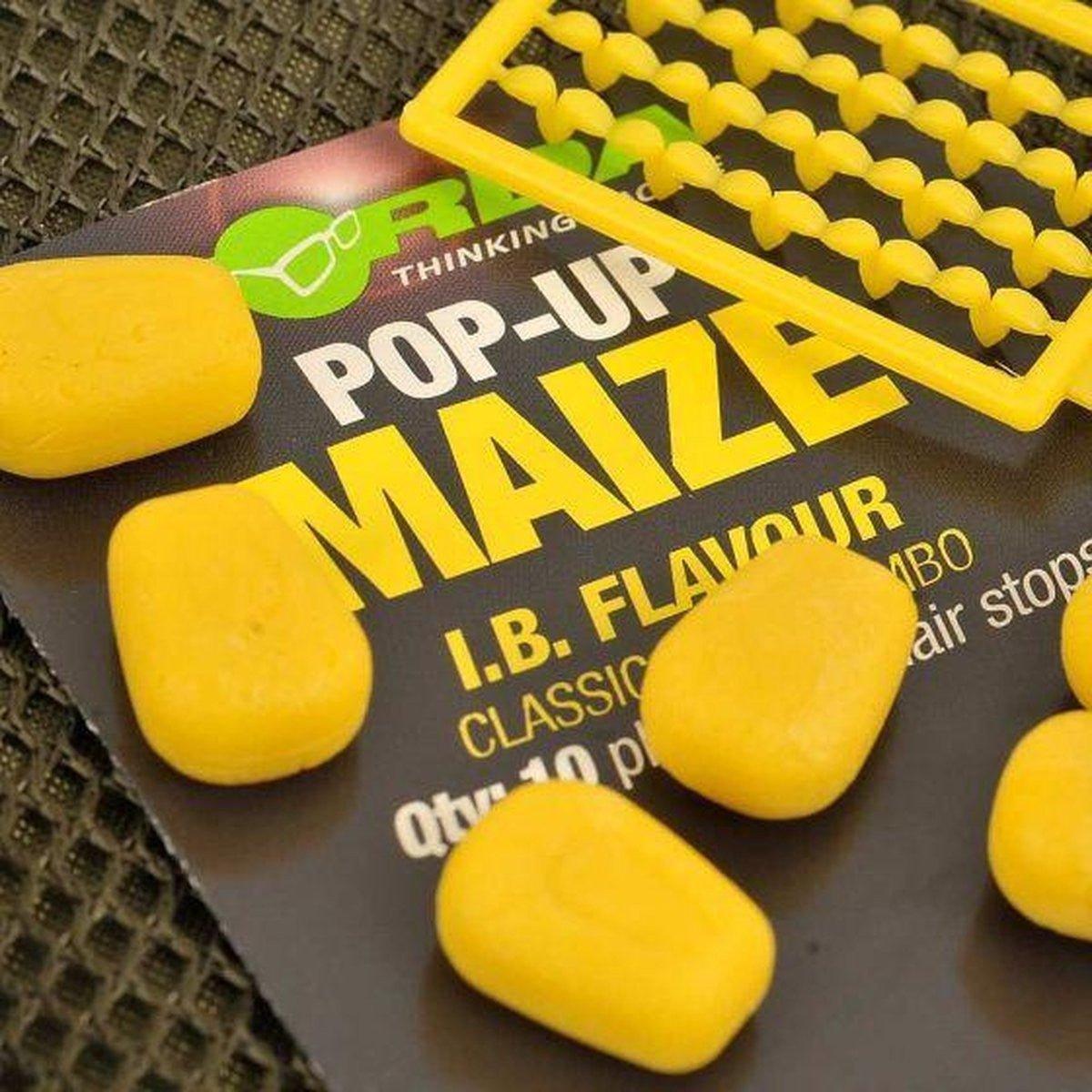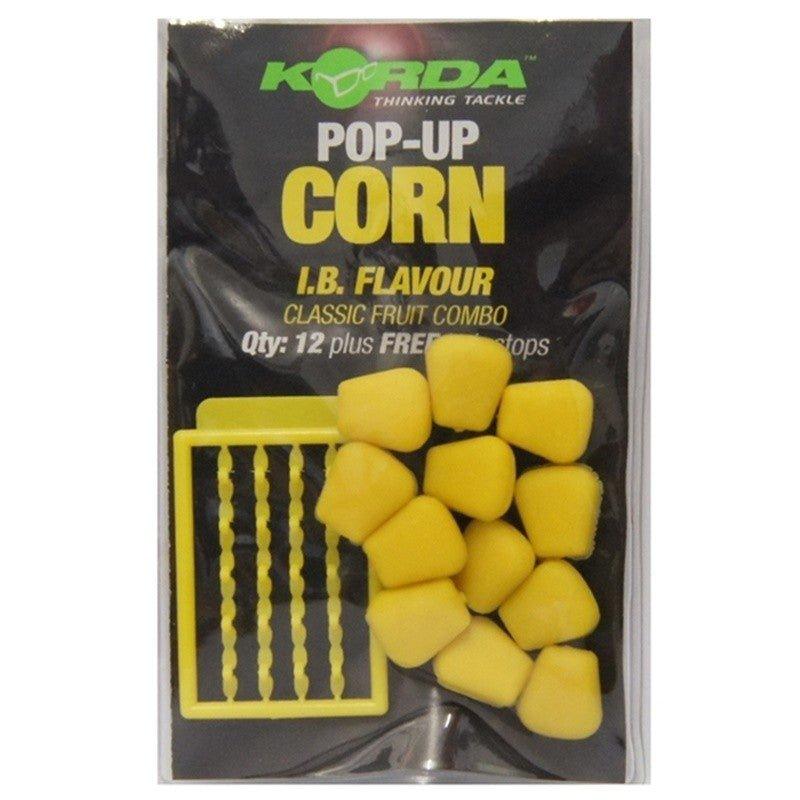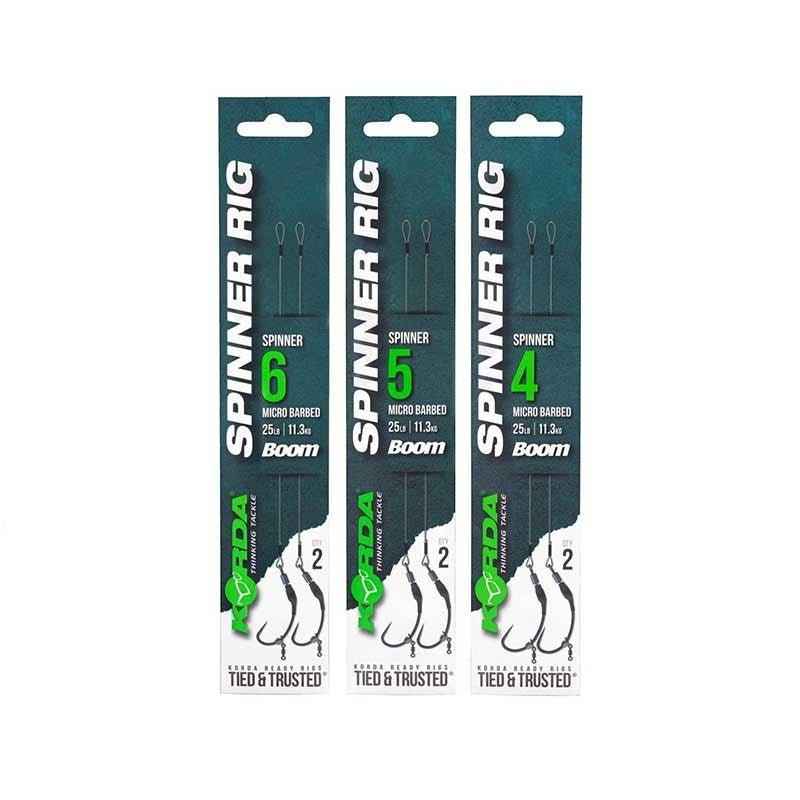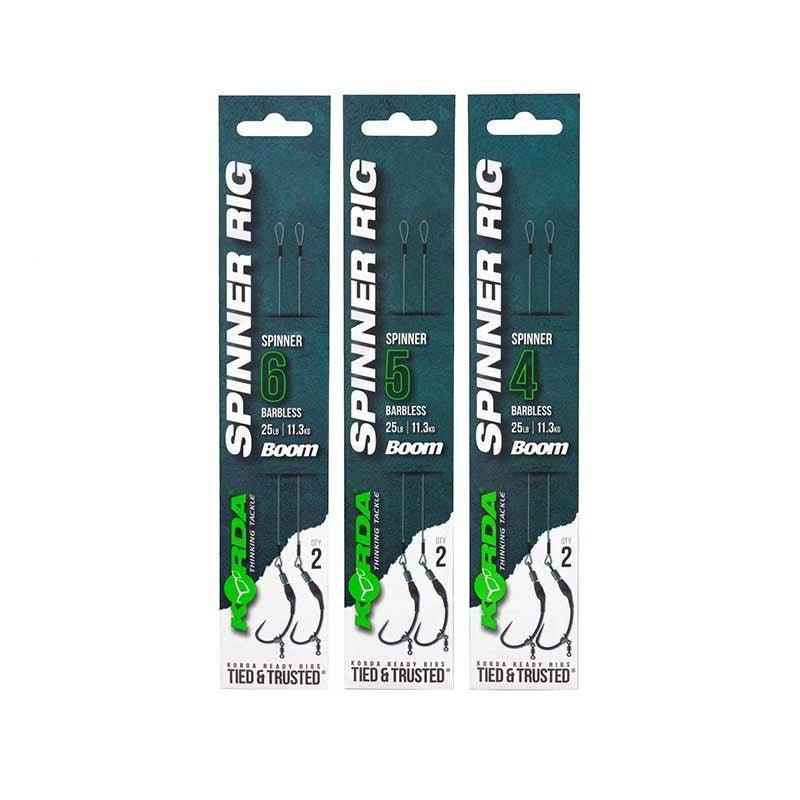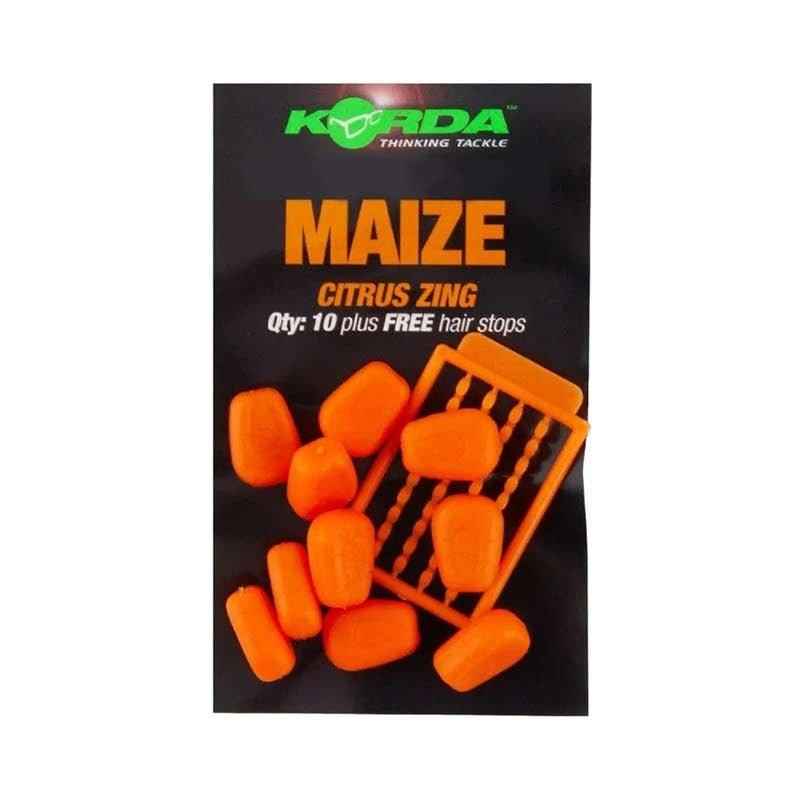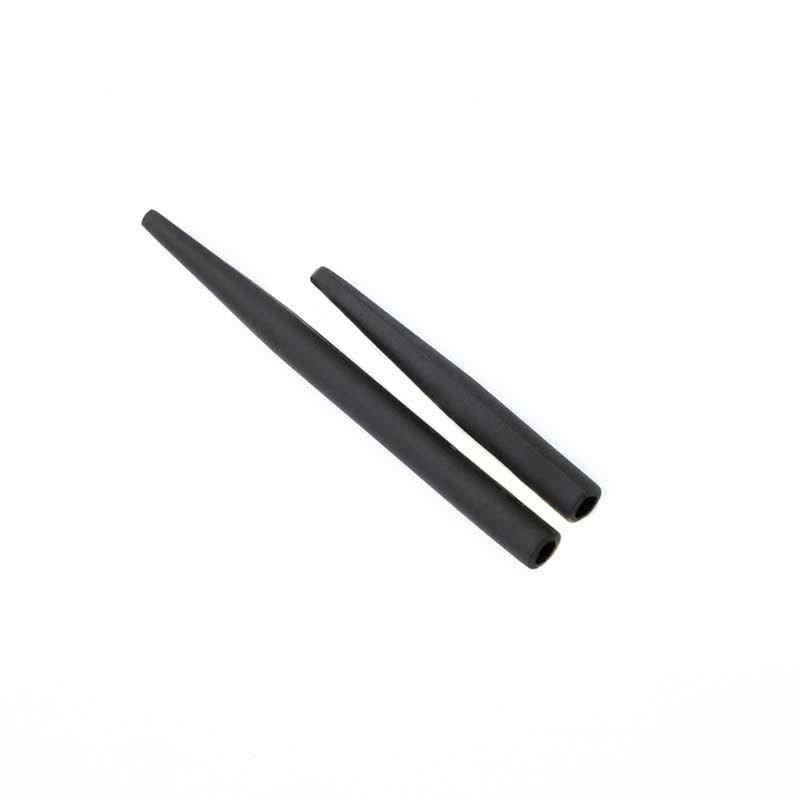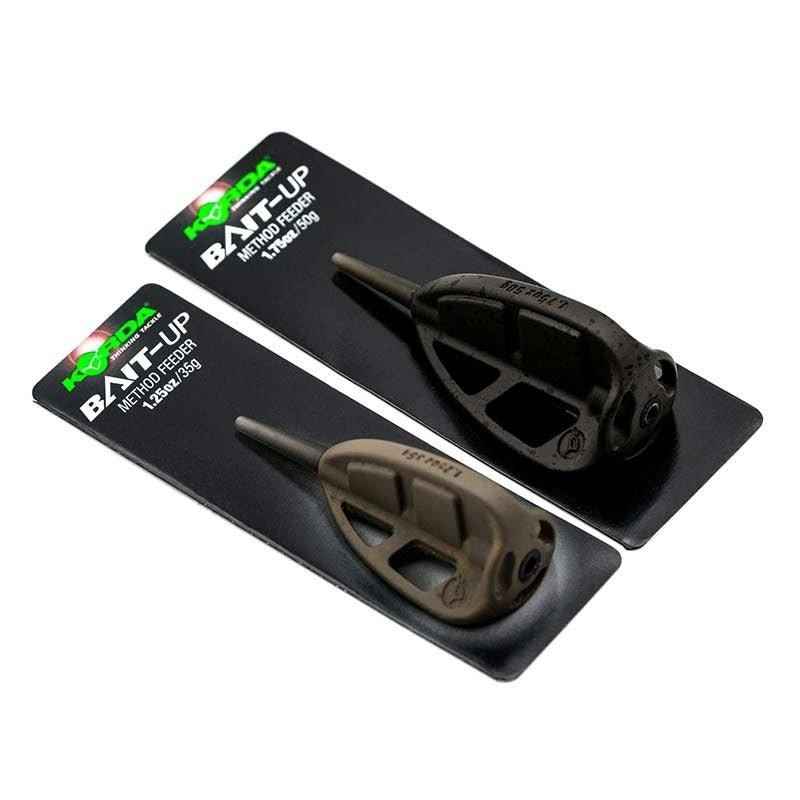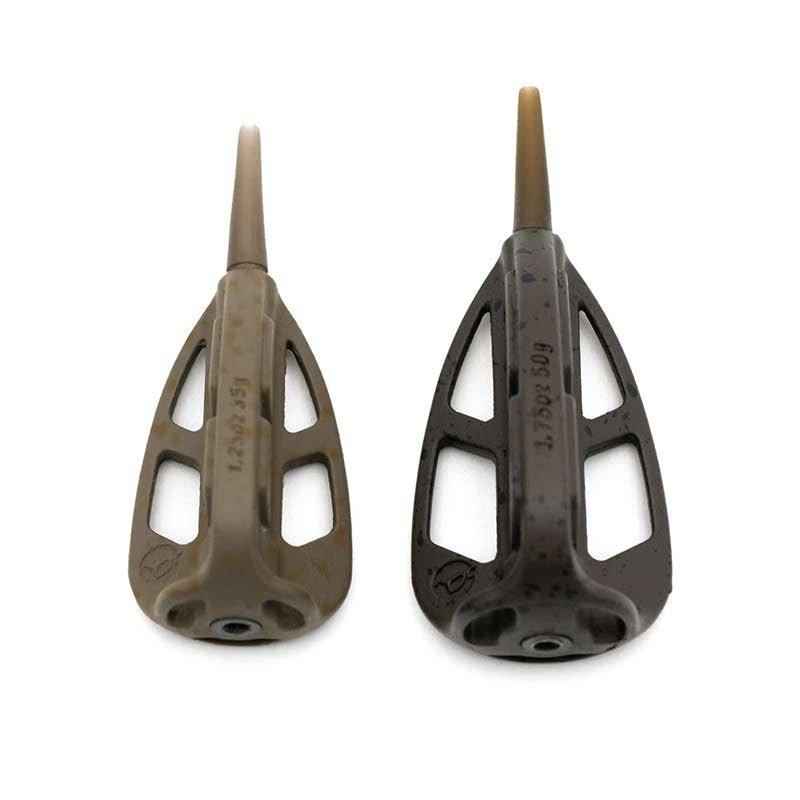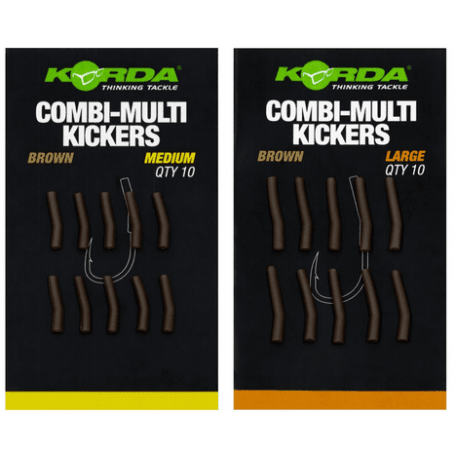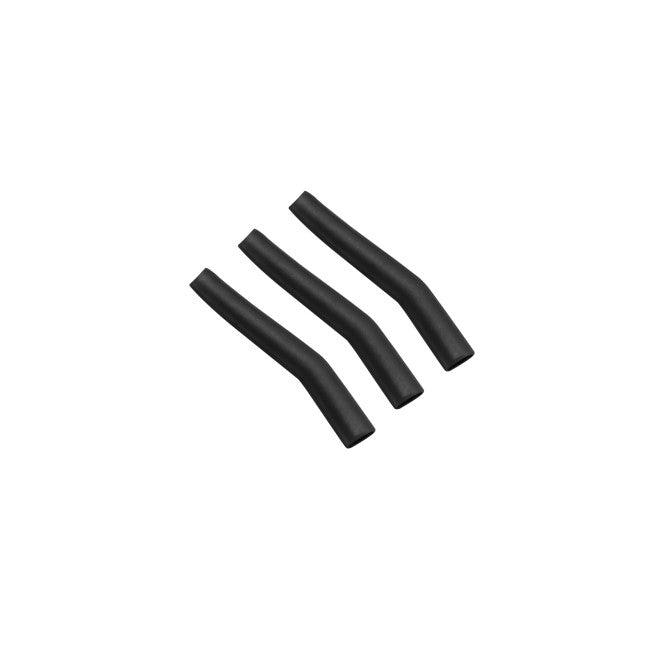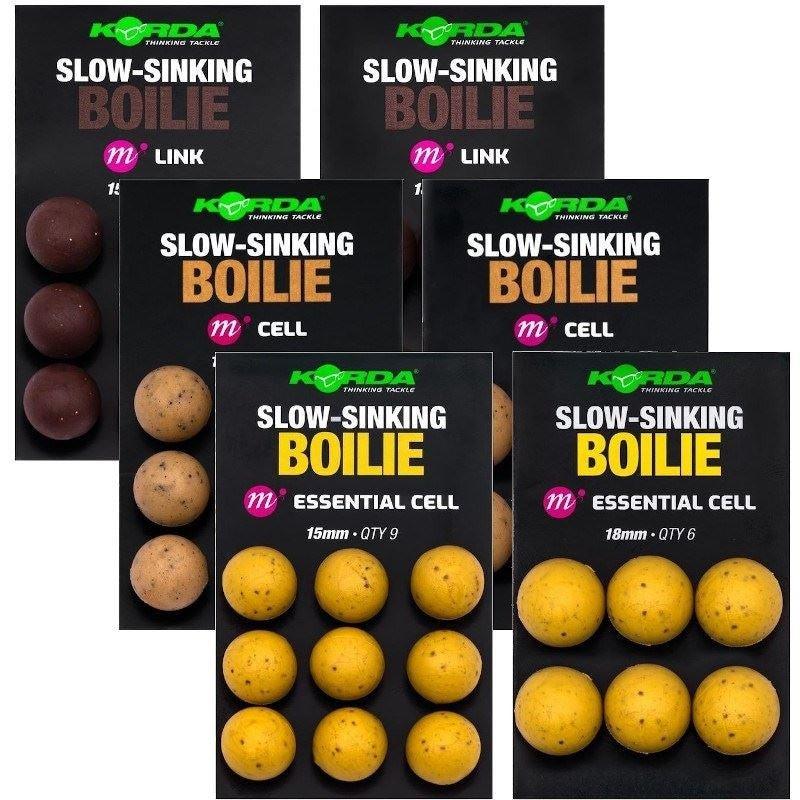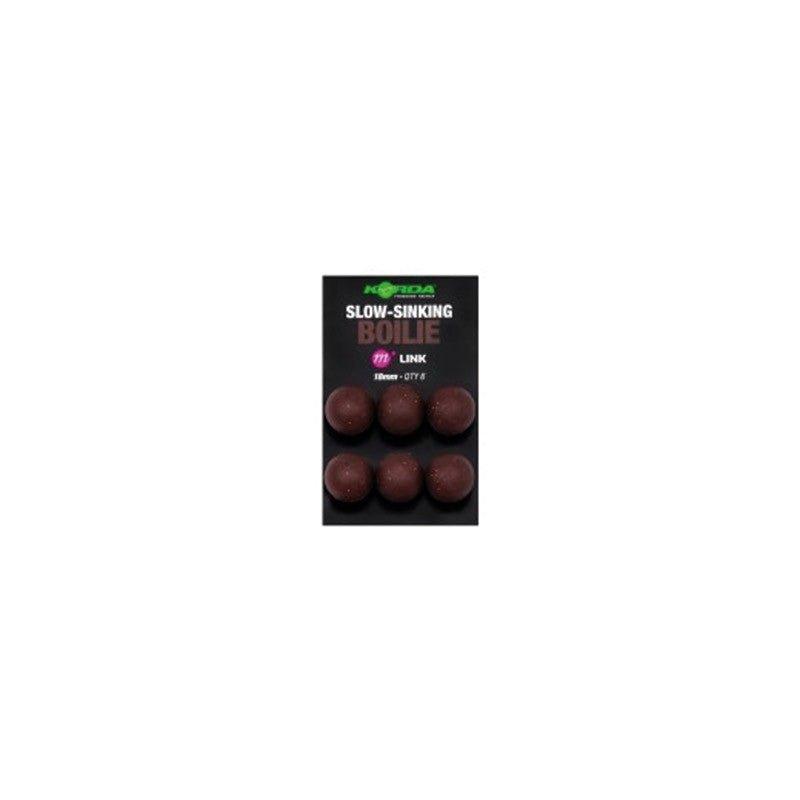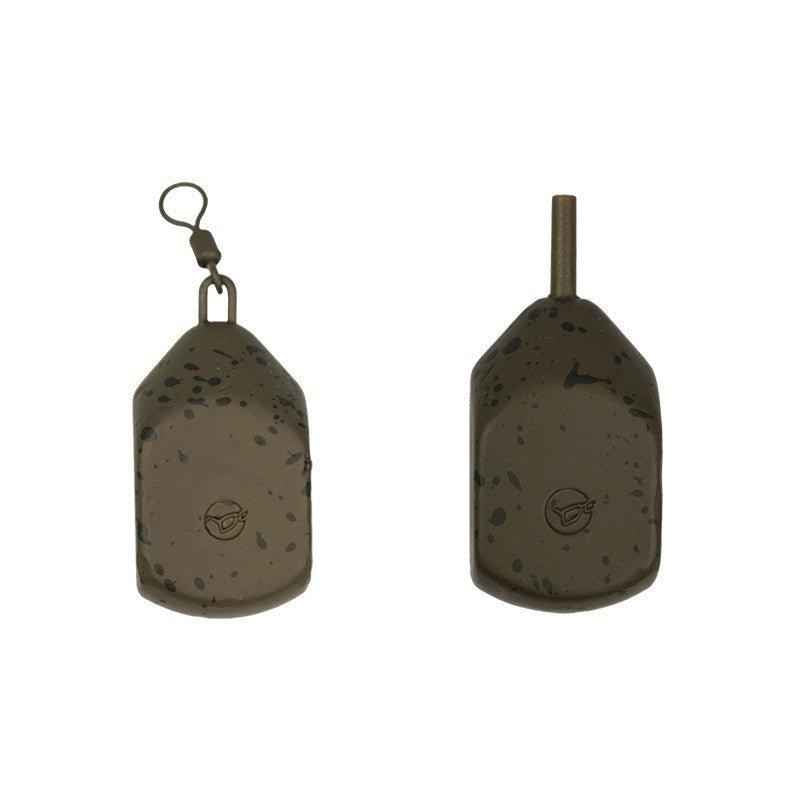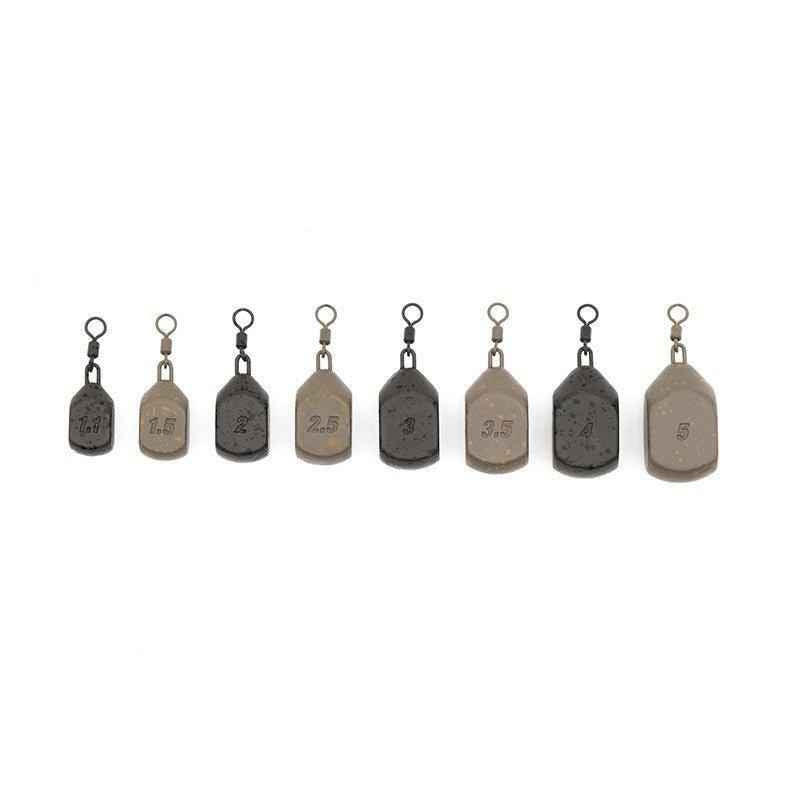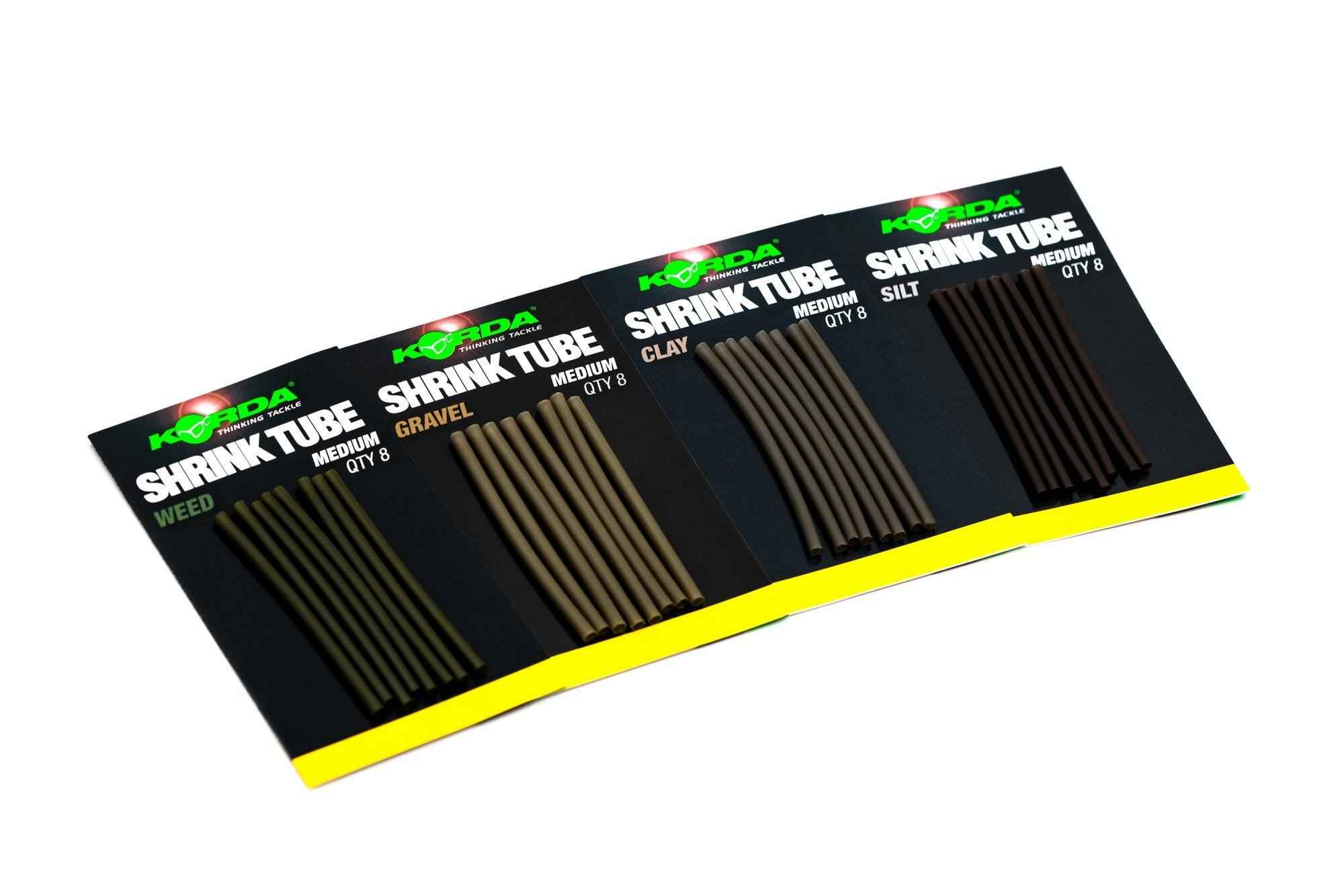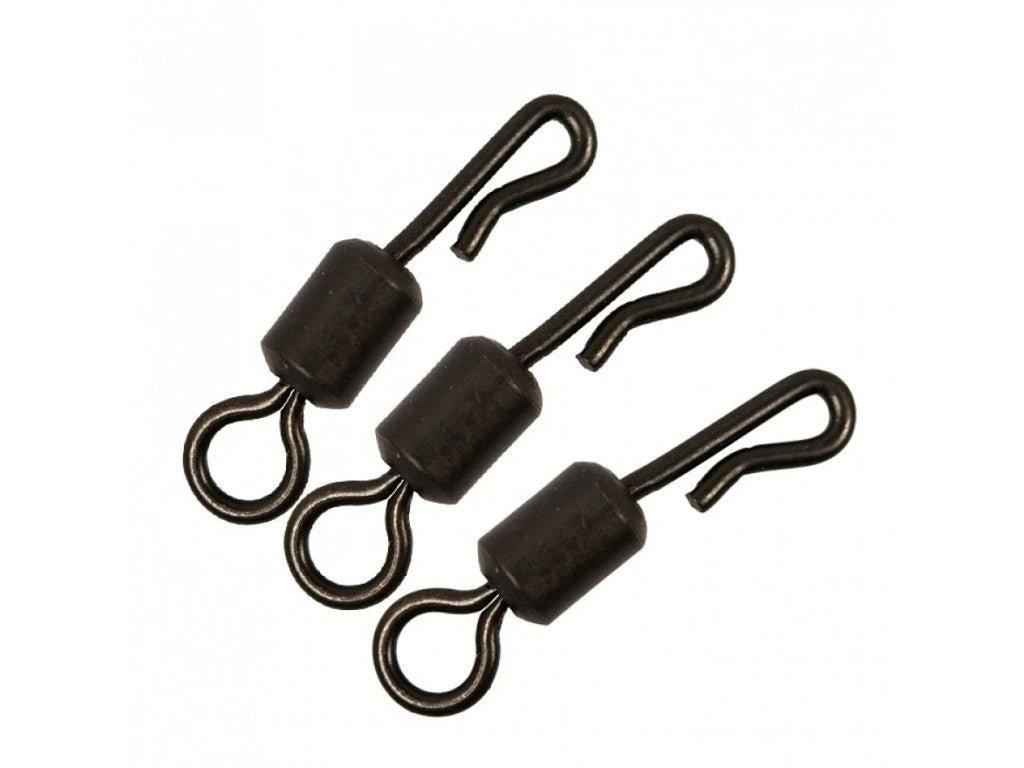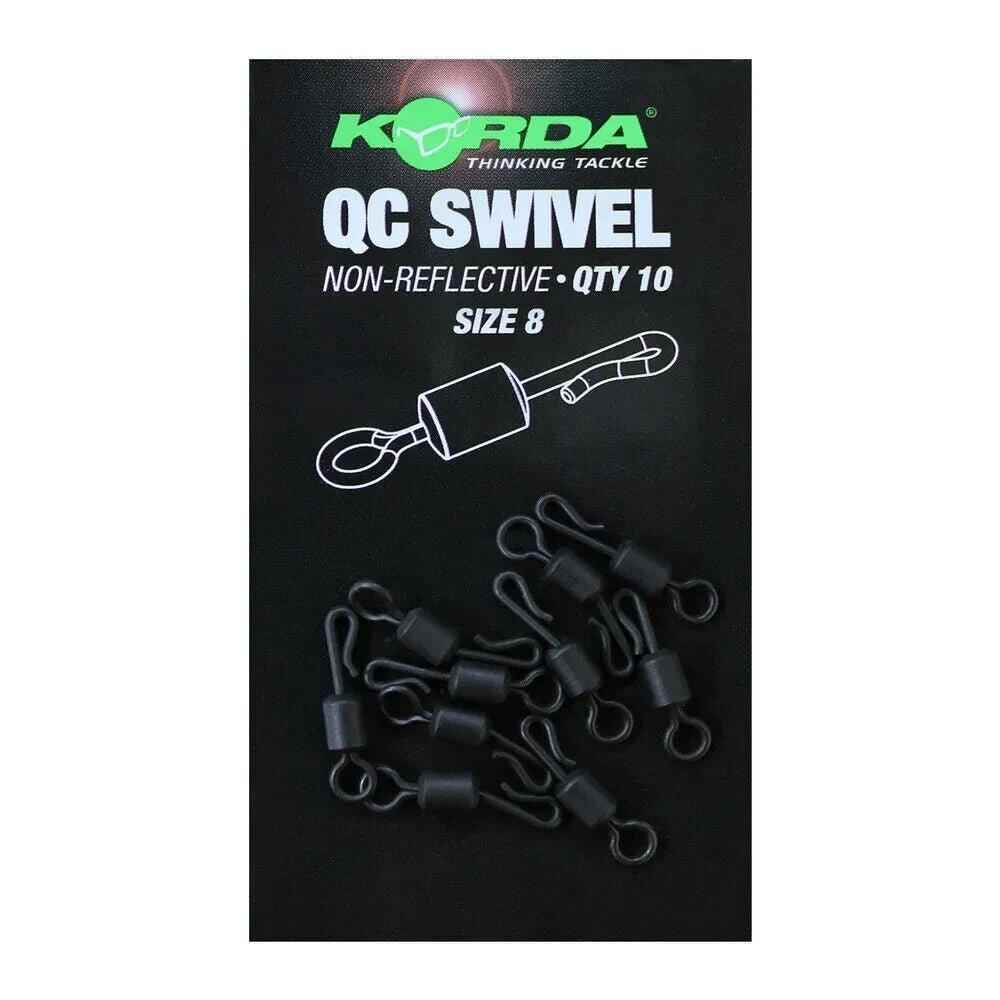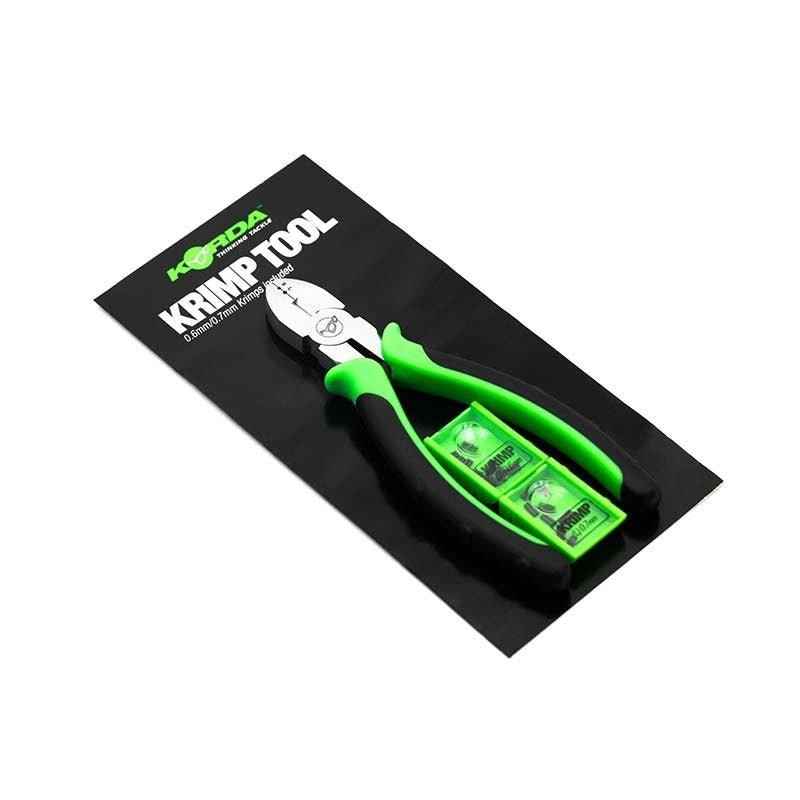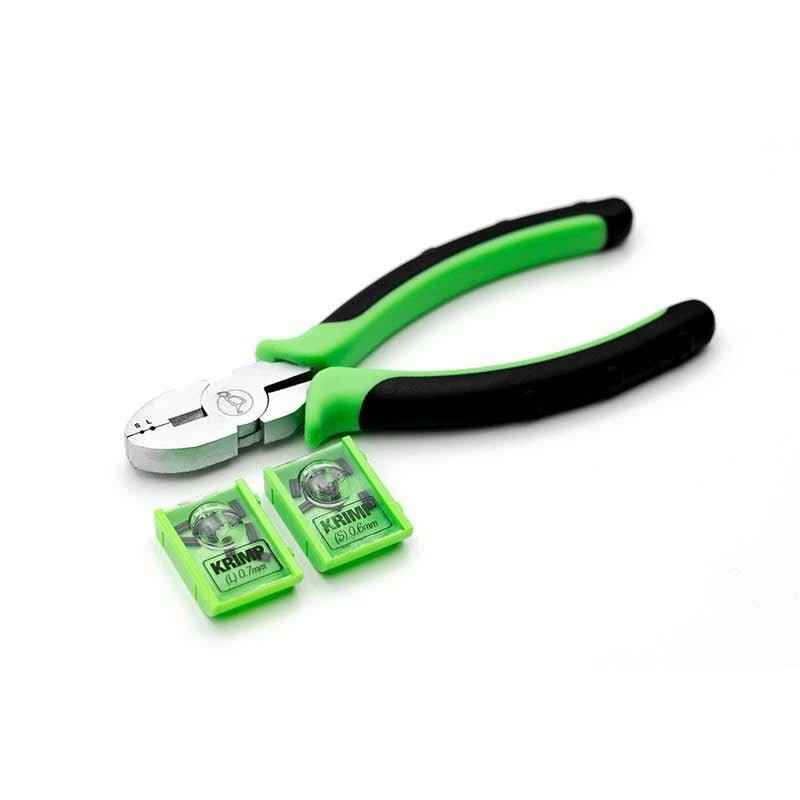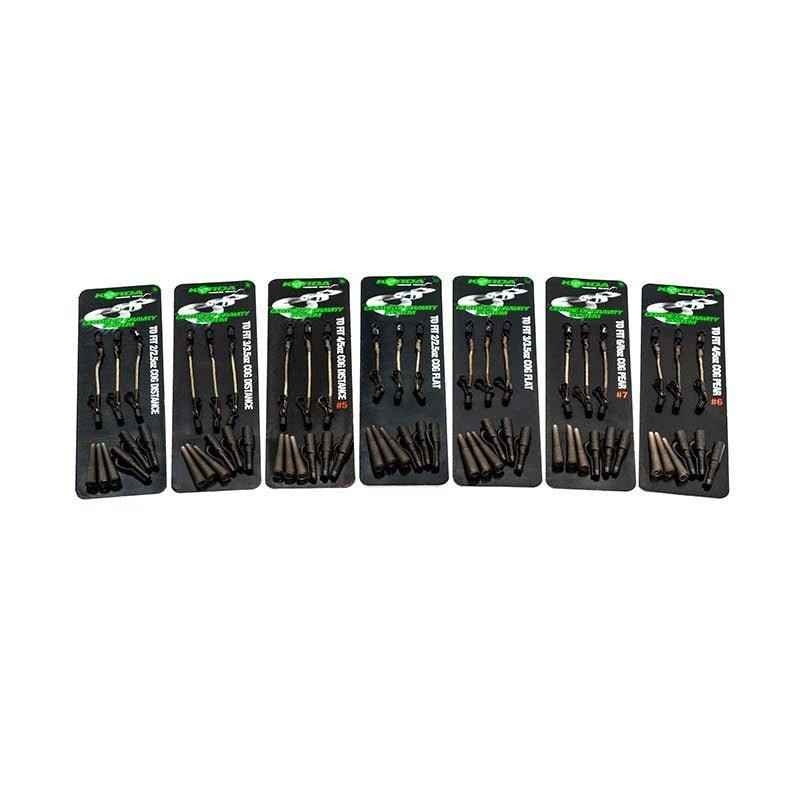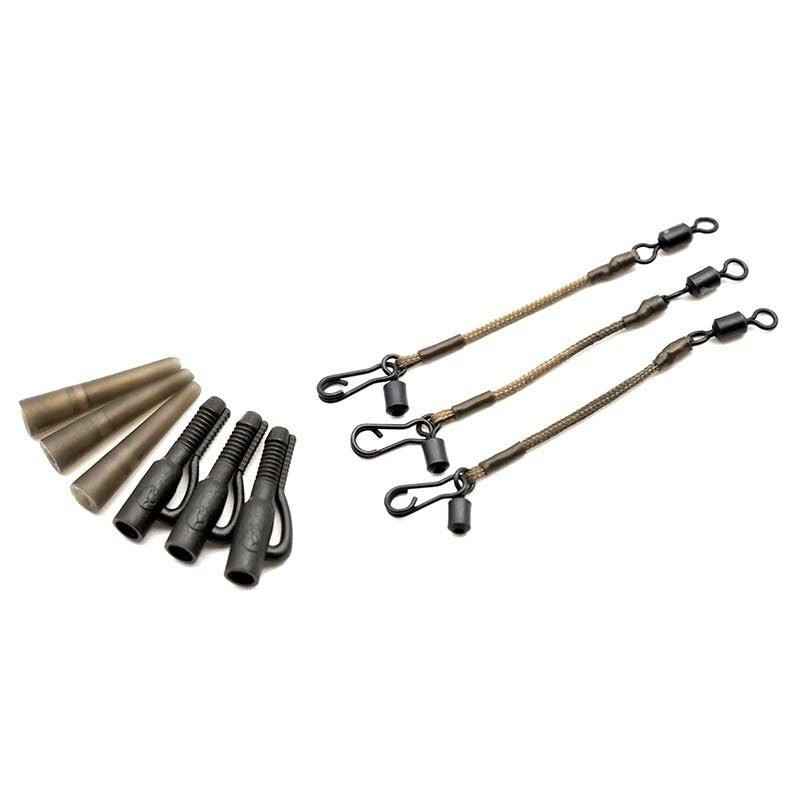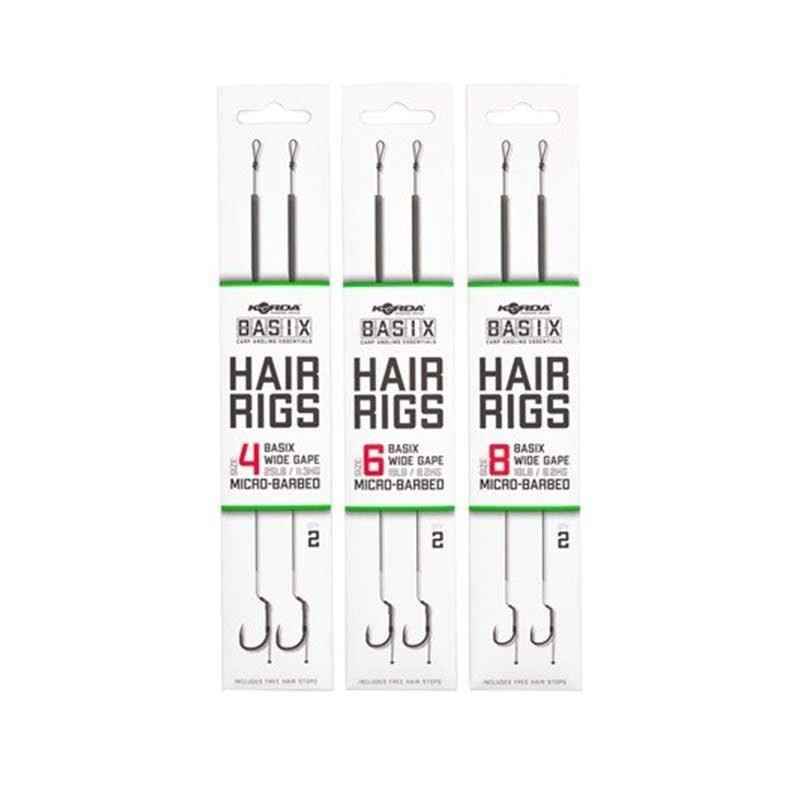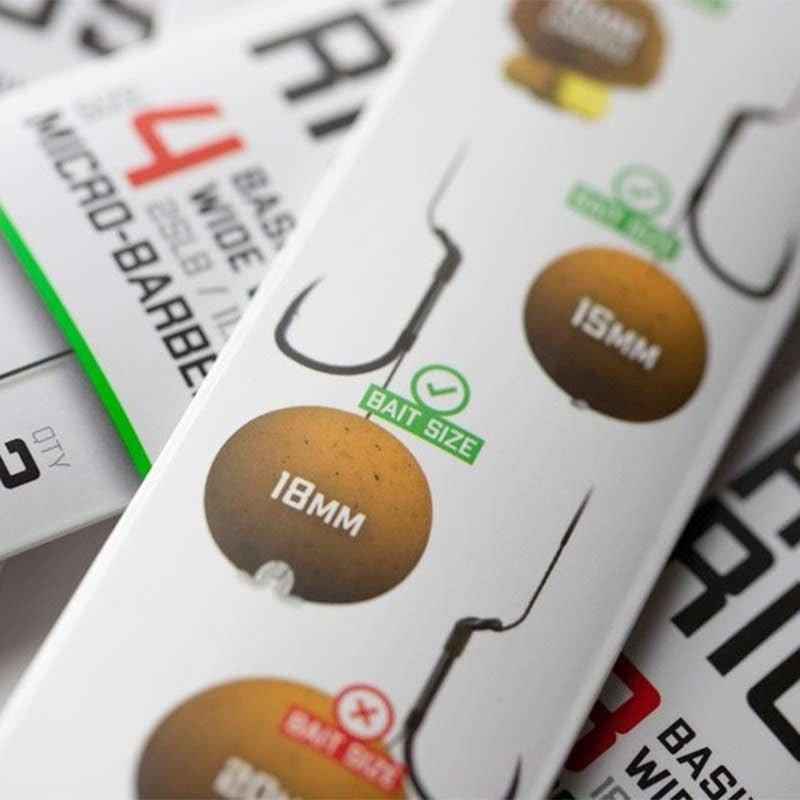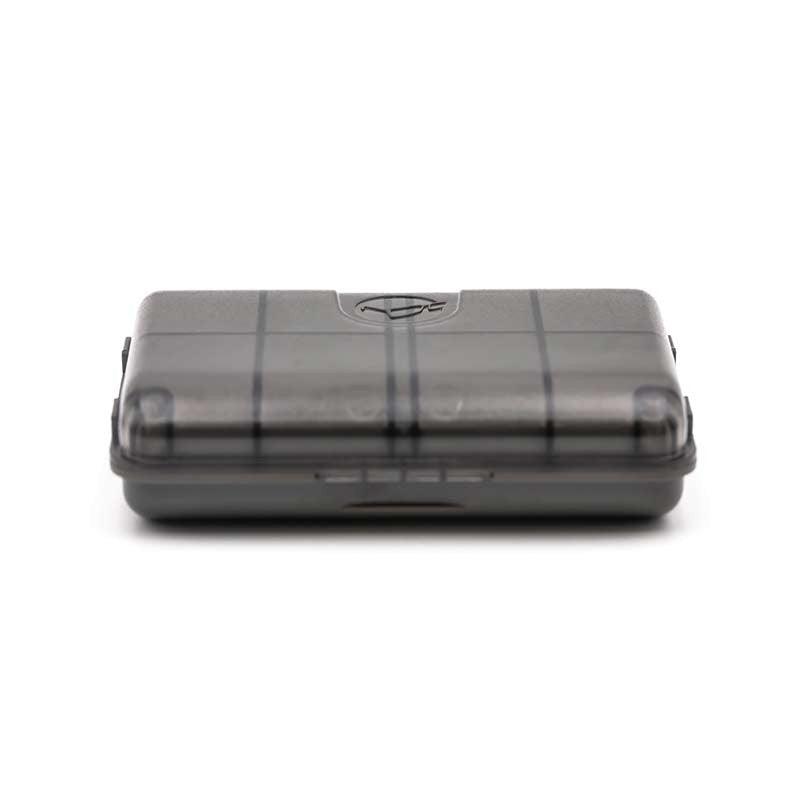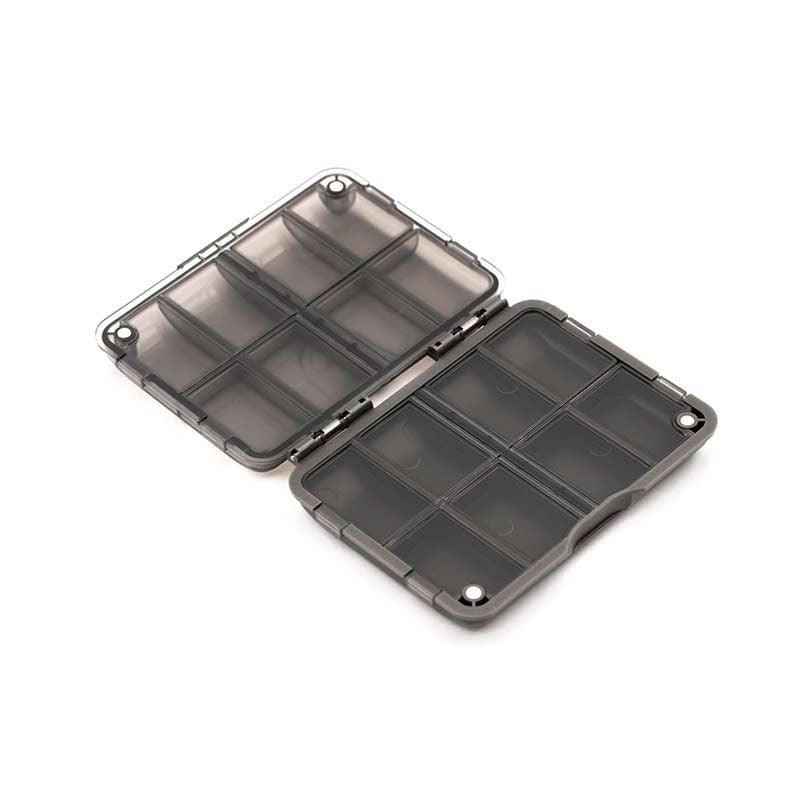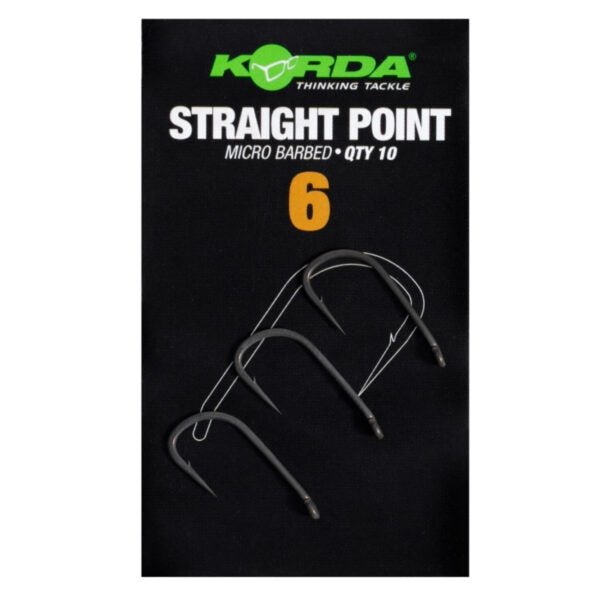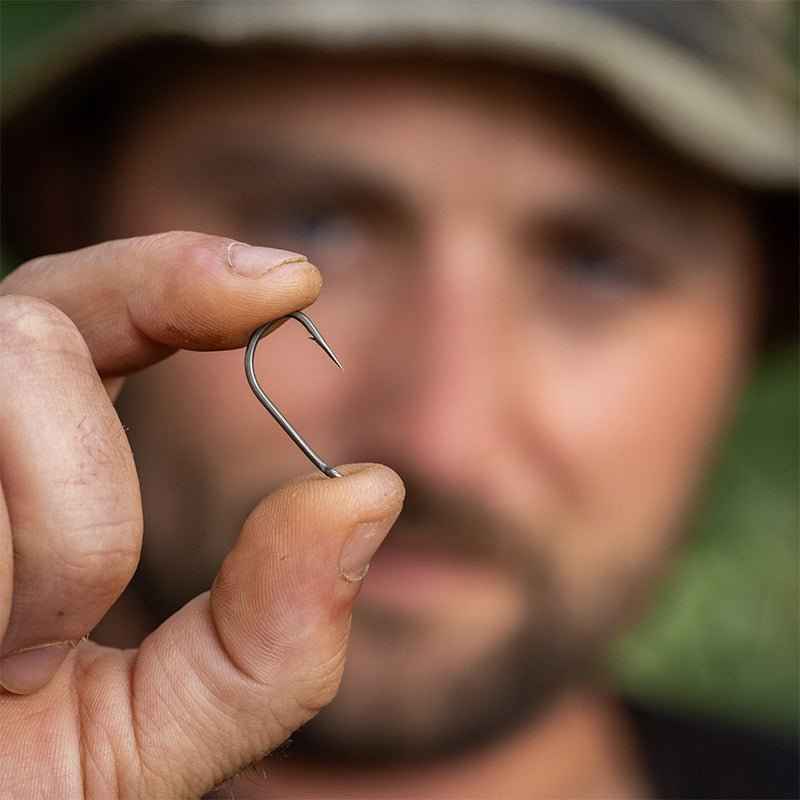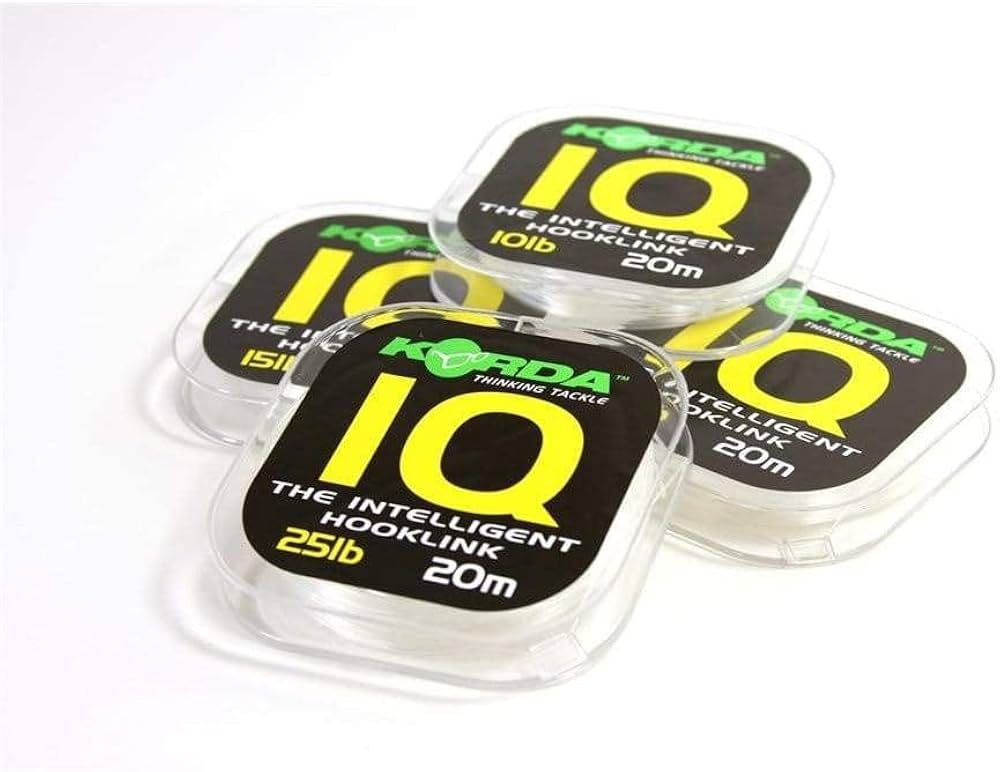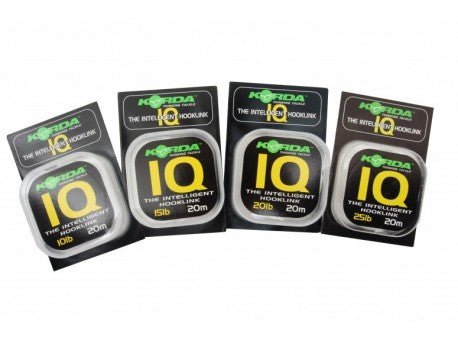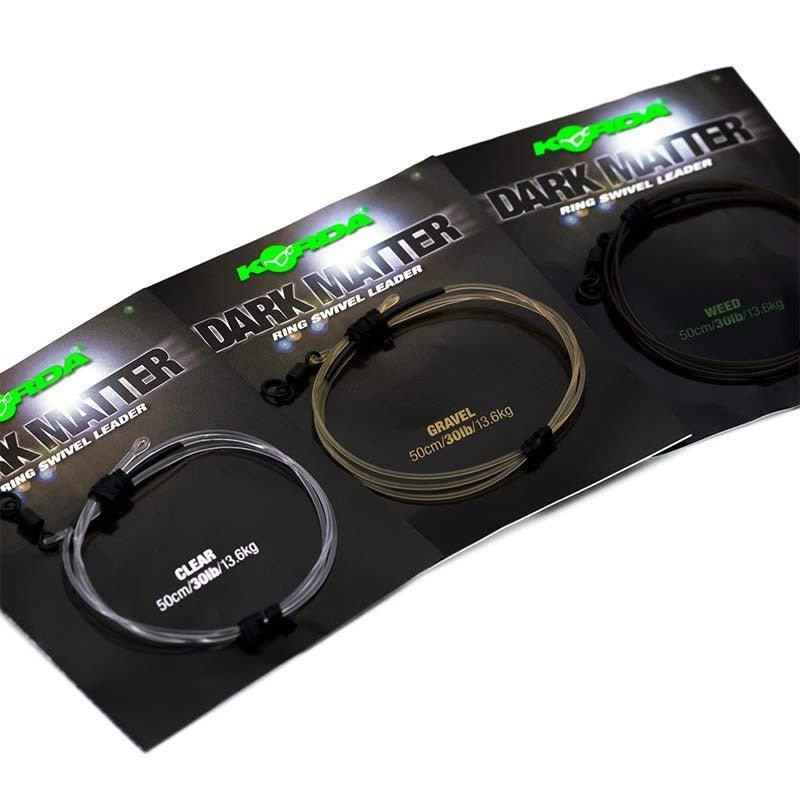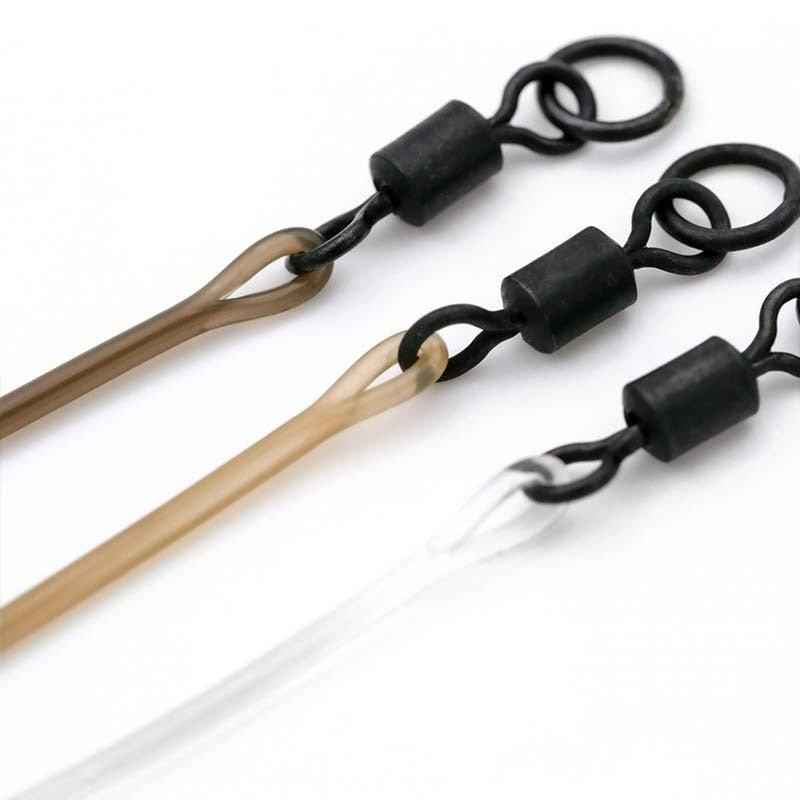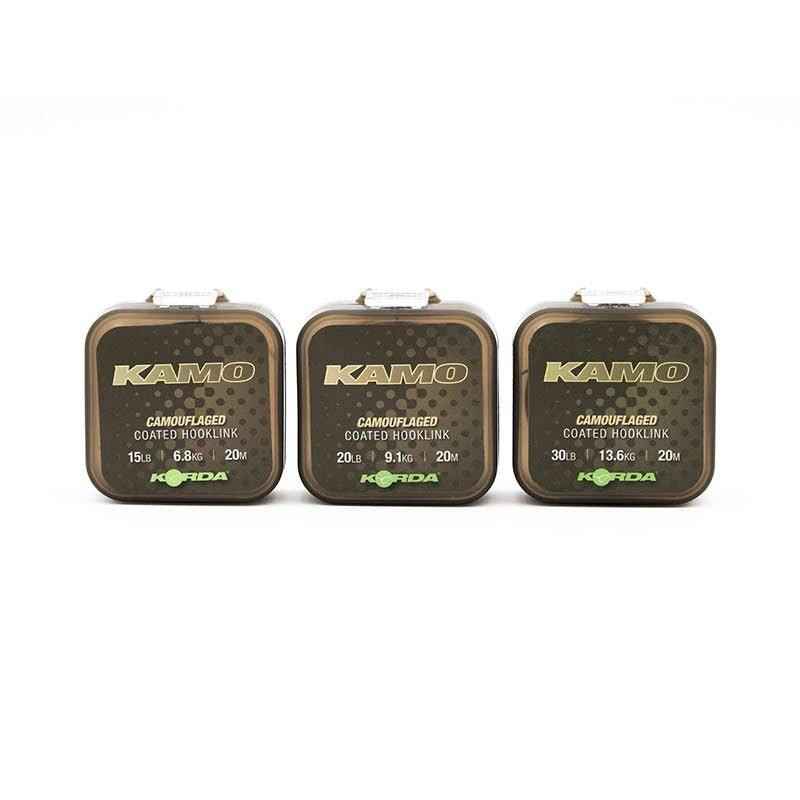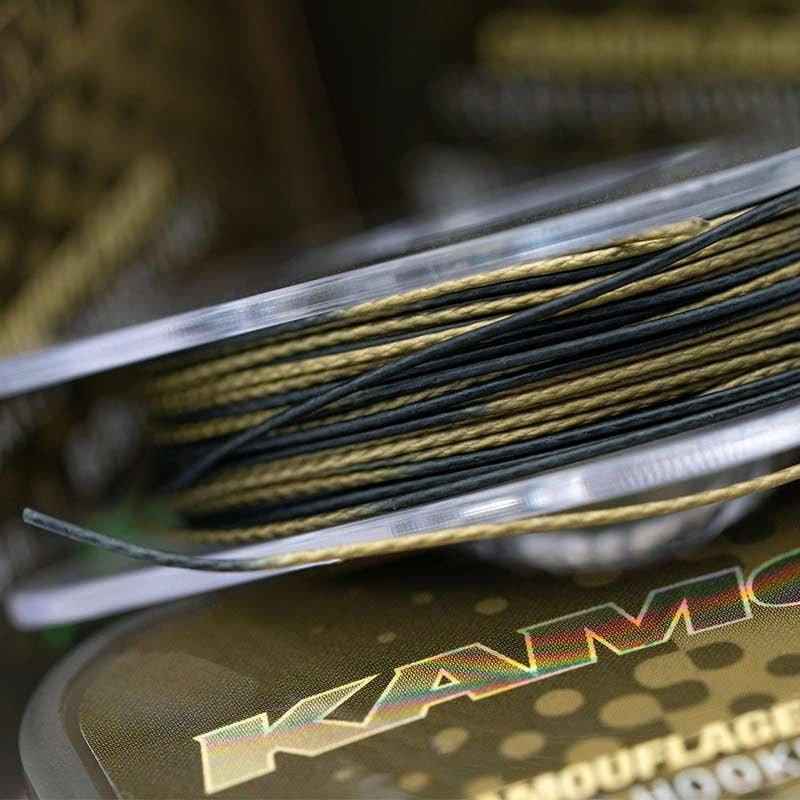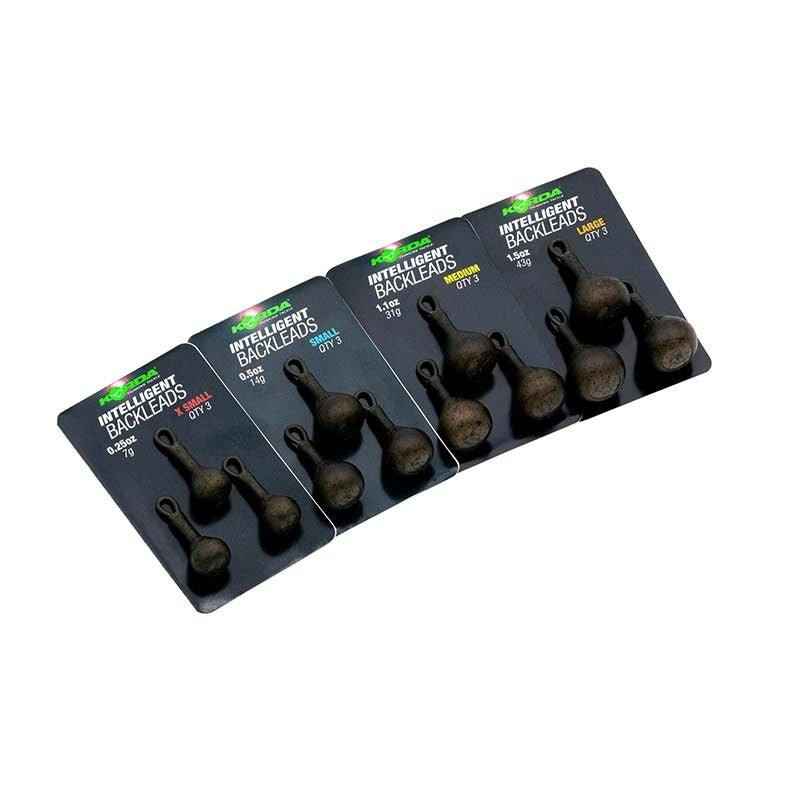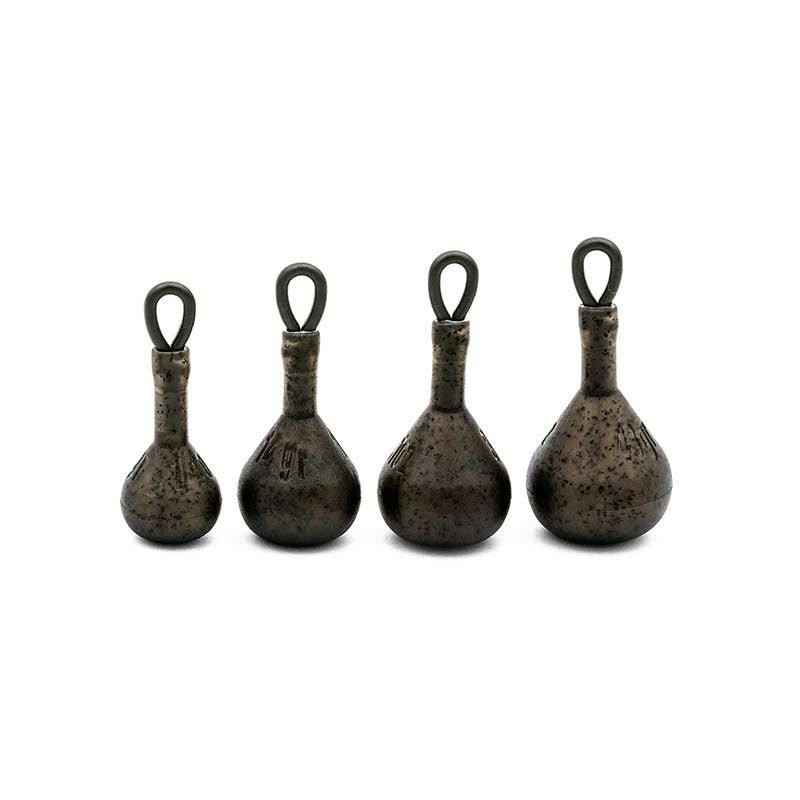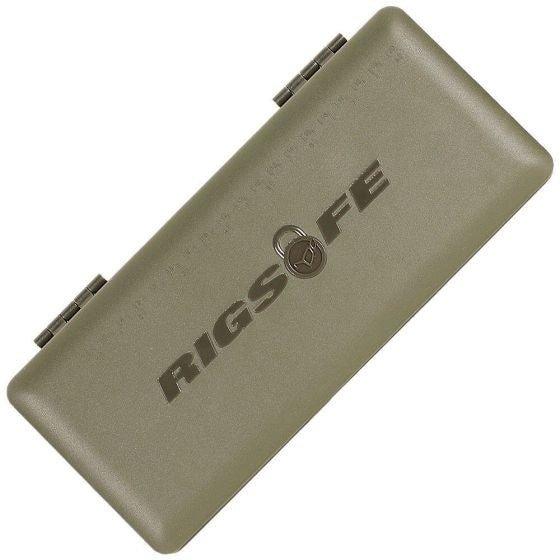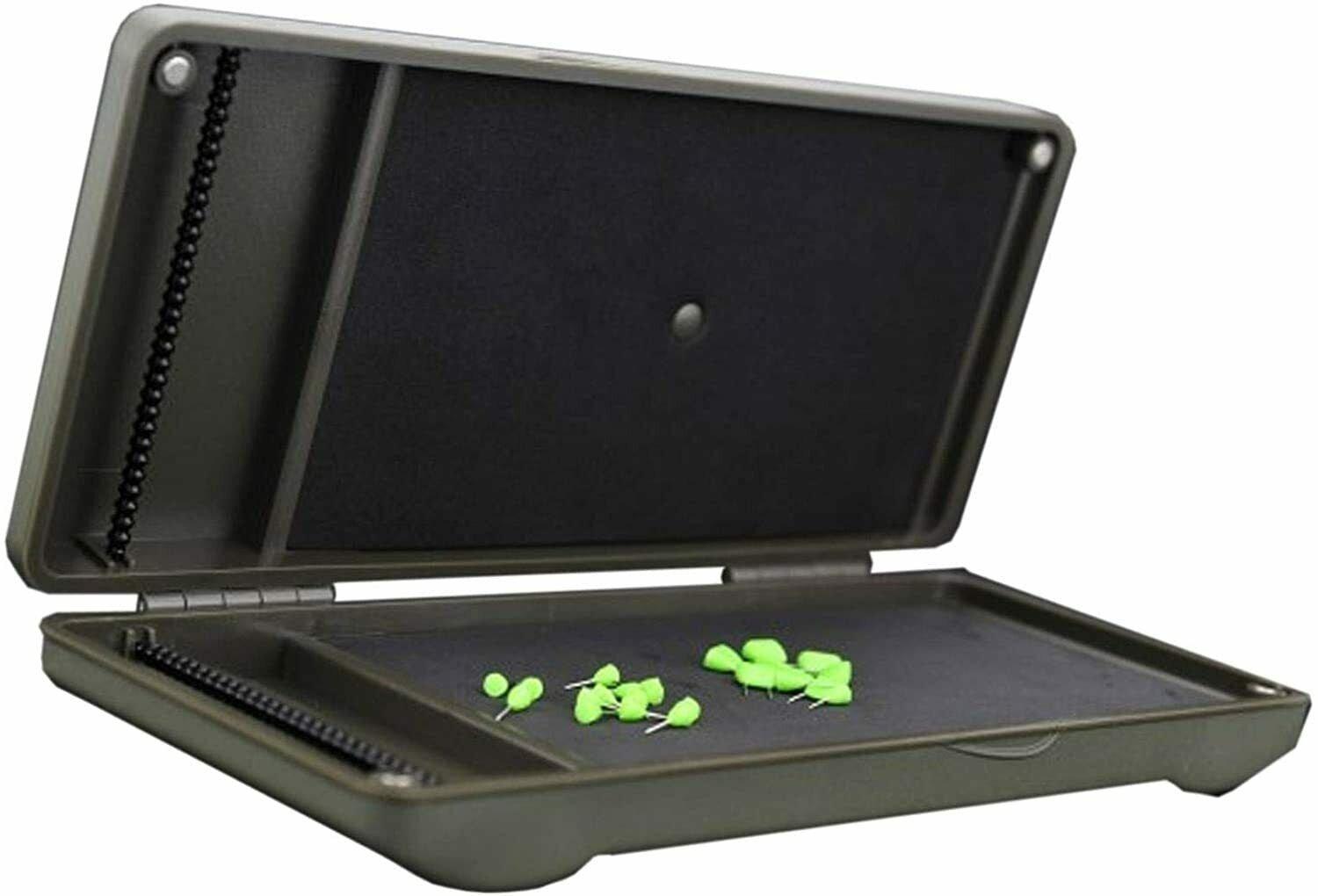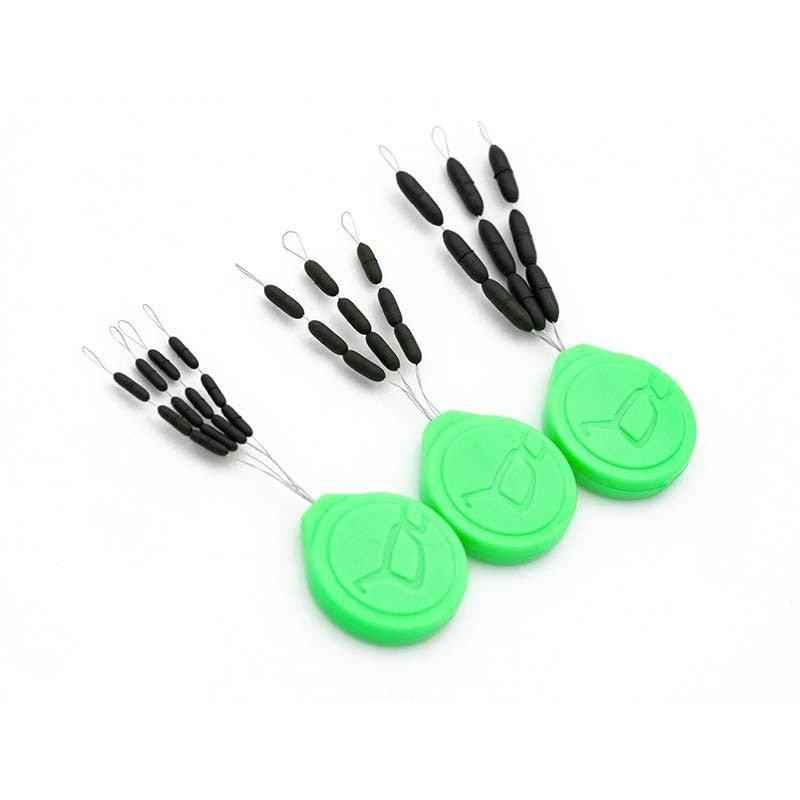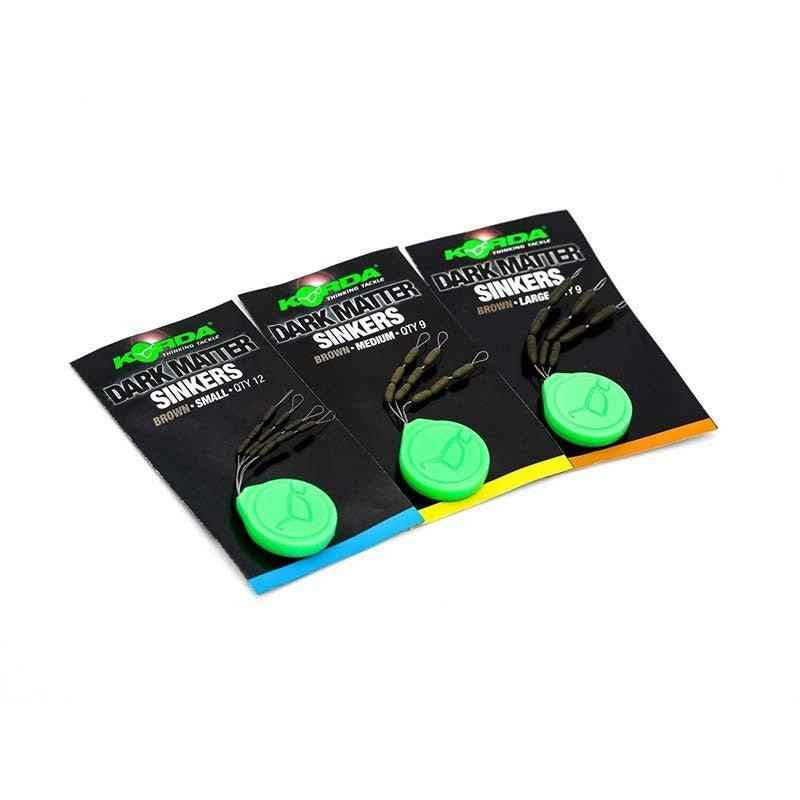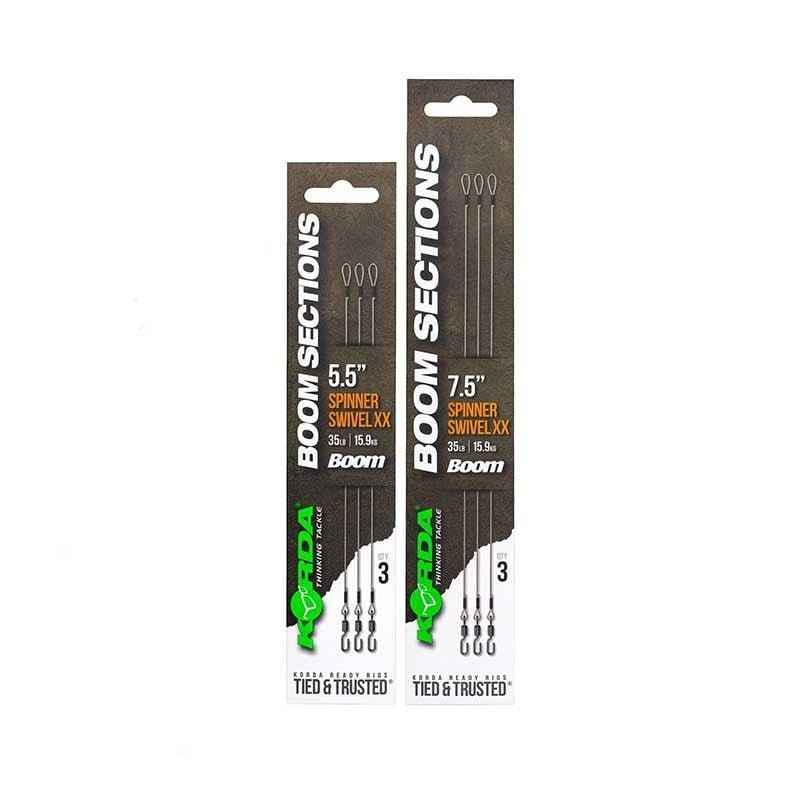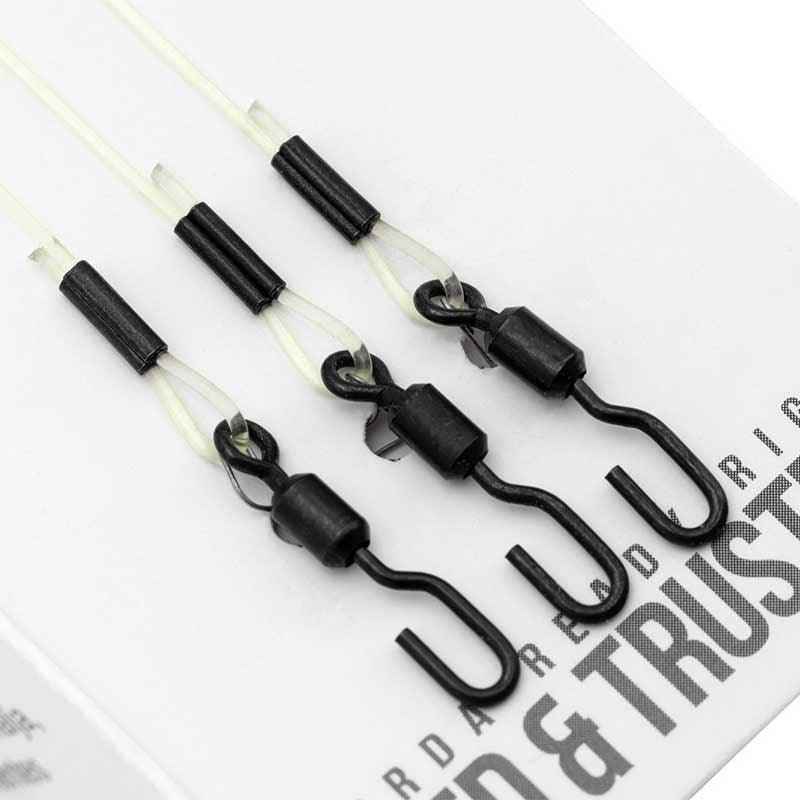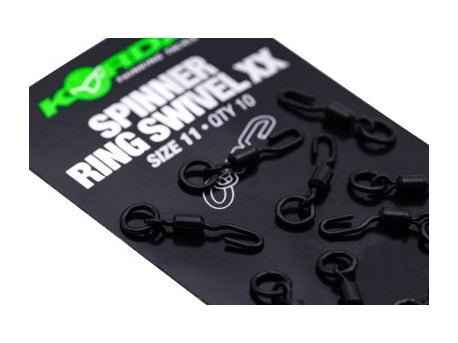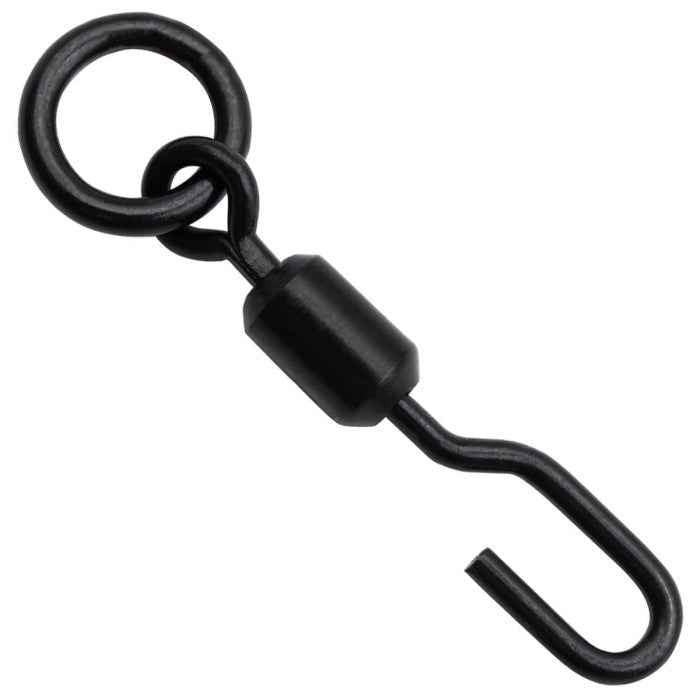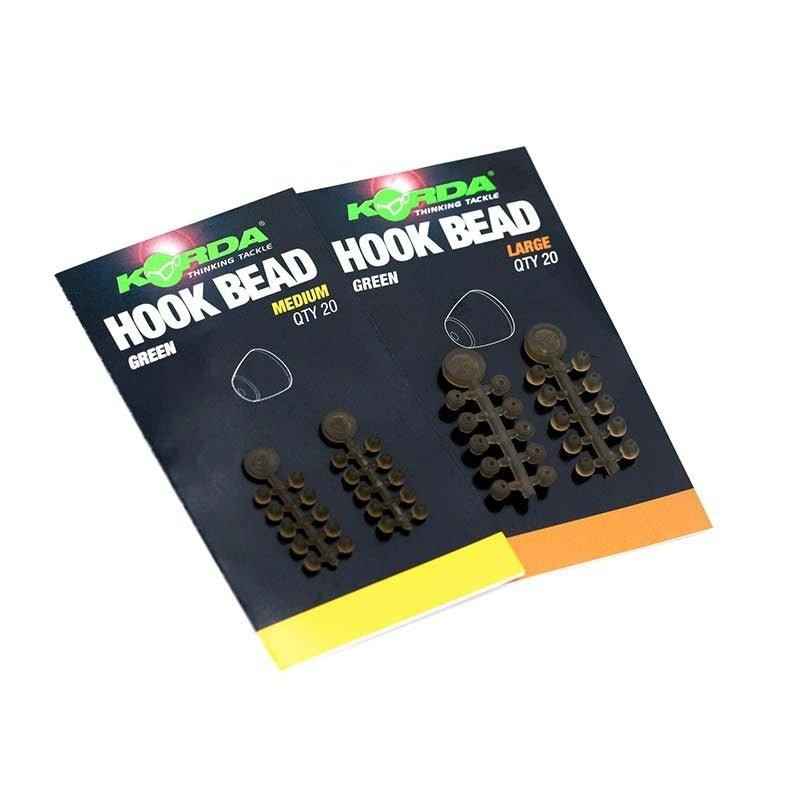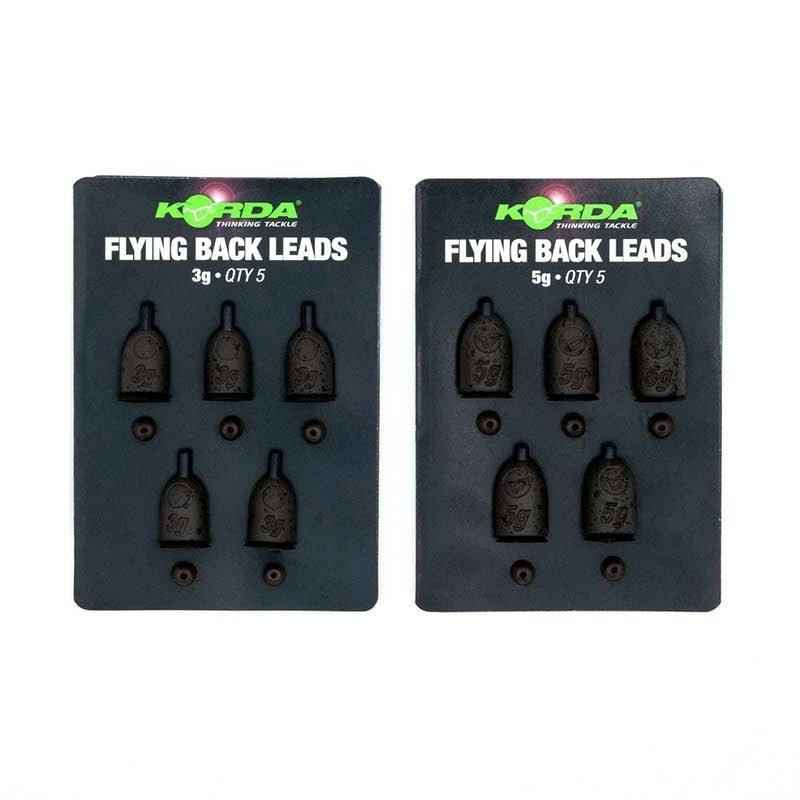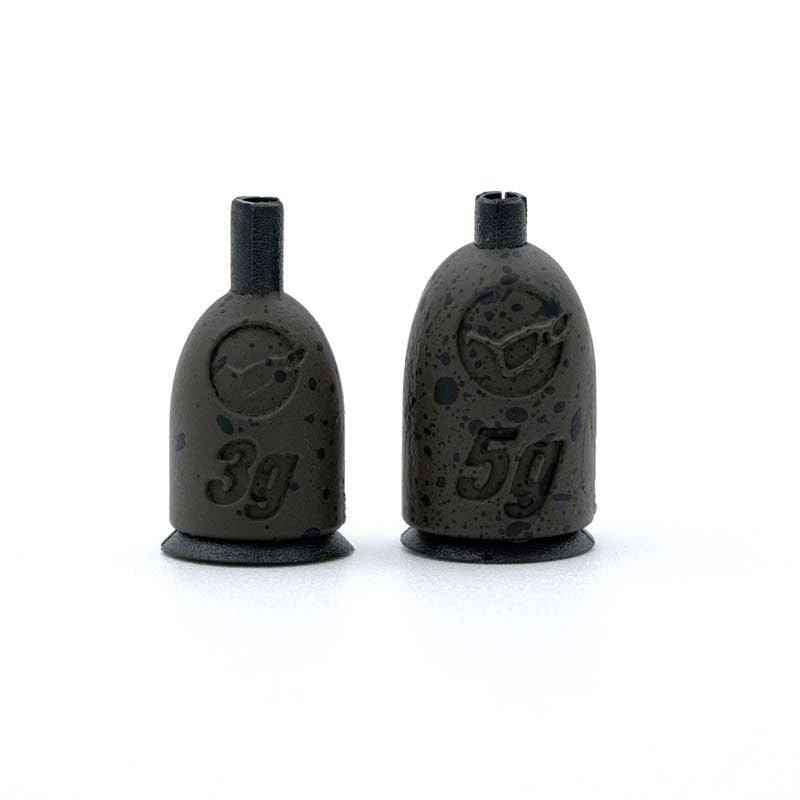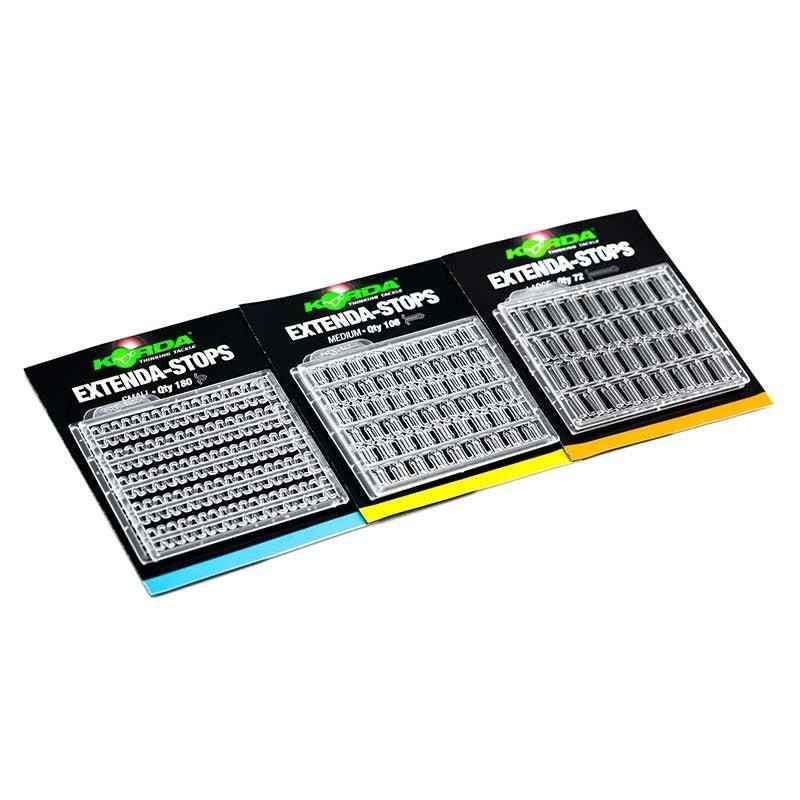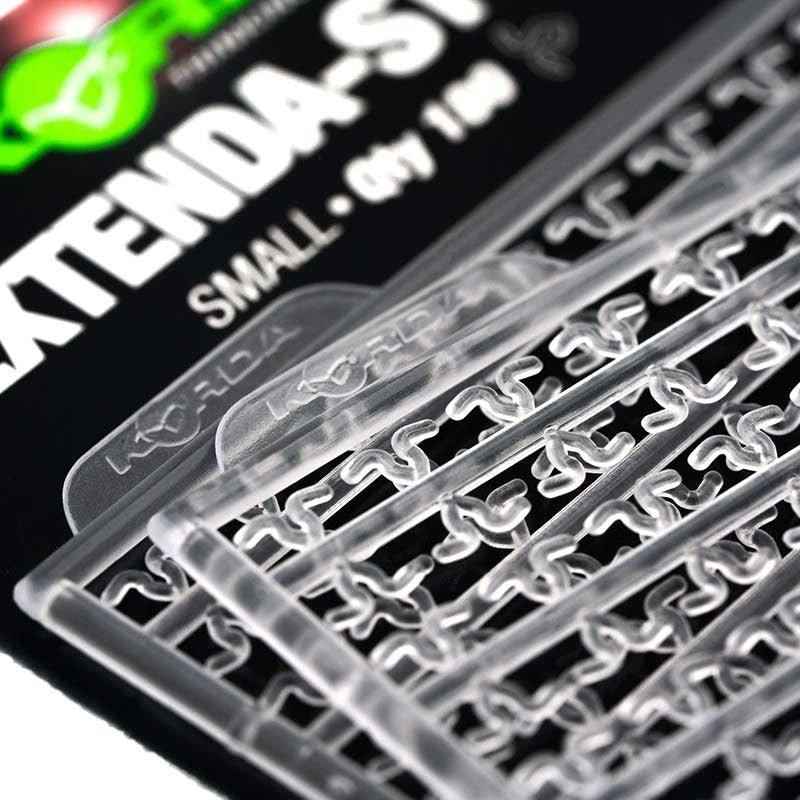Let's be clear. If you're new to the world of carp fishing, or if you're trying to figure out a gift idea, there's one thing that can literally drive you crazy: small parts .
You visit a website and see an endless wall of metal and plastic gadgets: hooks of a thousand shapes, swivels, clips, cones, leadcore... a maze. It's like opening the hood of a Formula 1 car and trying to figure out what all those cables and bolts are for. The result? Frustration. And frustration leads to two crucial mistakes:
- Buying by hearsay: You buy what a friend of a friend recommends, spend money, and end up with gear you don't know how to use or, worse, that doesn't work in your fishing spot.
- Analysis paralysis: The confusion is so overwhelming that you freeze. So, you go fishing with those two or three improvised rigs that have already guaranteed you an endless series of "blackouts" (a slang term for "coming home without having caught anything at all").
The great news is that you're about to make a quantum leap. This isn't a boring encyclopedia. This is Carpela's strategy guide that will give you the key to independence . After reading it, you'll know exactly what you need, why you need it, and how to choose it. Your journey to catching your first truly big fish begins here.
Why Our Word Weighs (More Than a 150-Gram Lead)
The web is full of keyboard "experts." Here, things are different. My name is Valentino D'Intino. Before founding Carpela, I spent my life on the banks, with my hands immersed in the icy water at dawn and my eyes fixed on the rods at sunset. Every piece of advice you find here isn't based on a technical sheet, but on countless tests, on catches (the fish's escapes that make the alarm blare) that fill your heart, and on hook-unhookings (when you lose the fish during the fight) that break it.
Our mission isn't just to sell products, but to make this wonderful discipline accessible to all, free of secrets and elitism. And my experience is confirmed by the most powerful voice: that of hundreds of carp anglers like you , customers who have tested, approved, and reviewed our products. We combine firsthand experience with social proof. A steel-solid guarantee.
Ready to decode the language of small parts? Let's get started.
1. The Heart of the Terminal: Choosing the Hook and Line
The leader is the end of the line, closest to the bait. It's the point of contact with the fish. If something goes wrong here, everything else is useless.
-
Hooks: The hook is the most important piece. For a beginner, confusion is the enemy. Start with just two shapes, but make sure they're excellent.
-
The "Swiss Army Knife" - The Wide Gape Hook: Imagine a hook with a very wide, generous bend. This shape, called Wide Gape , is incredibly versatile. It works well with almost any type of bait, and thanks to its gape, once it enters the fish's mouth, it's very difficult for it to escape. It's the hook that turns your session around.
- Our advice to avoid mistakes: Korda Wide Gape , a battle mule.
- The "Aggressive" - The Sharp Curve Hook: Models like the Korda Kurv Shank They have a shape designed to be ultra-effective. Their mechanism is simple and lethal: as soon as the carp sucks in the bait and tries to spit it out, the hook's shape makes it spin and hook instantly. Deadly.
- For the more curious: See the entire Carp fishing hooks category .
-
The "Swiss Army Knife" - The Wide Gape Hook: Imagine a hook with a very wide, generous bend. This shape, called Wide Gape , is incredibly versatile. It works well with almost any type of bait, and thanks to its gape, once it enters the fish's mouth, it's very difficult for it to escape. It's the hook that turns your session around.
-
Braided Terminal Line: This is the very short, specialized line you tie the hook to. It must have two qualities: it must be soft so as not to look unnatural when the fish bites the bait, and it must sink to blend in with the seabed. Think of a dark, heavy silk thread: that's how your braided line should look. sinking braid in the eyes of a carp.
-
Reel Line (Main Line): For the main line, the one that fills the reel, a beginner should start with nylon . Why? Think of the suspension of a car. Braided line is like a racing suspension: stiff, you feel everything, but it's unforgiving. Nylon, on the other hand, has a slight stretch. It acts like a shock absorber, absorbing your beginner's headbutts and the fish's sudden escapes, giving you a margin for error that will save you from many unhookings.
- The wisest choice to start with: Discover our selection of Nylon for Reel .
2. The "Engine" of the Cast: Leads, Clips and Leaders
This is the "heavy" component, the one that allows you to cast wherever you want and do so effectively and safely for the fish.
-
Leads: Lead isn't just for long casting. It's the linchpin of the self-strike. When the carp takes the bait in its mouth, the weight of the lead creates resistance that forces the hook point to penetrate. This is known as the "bolt effect" or "self-strike."
- Different shapes for different purposes: A torpedo lead like the Korda Casting Swivel It is aerodynamic, ideal for long distances. A pear-shaped or flatter lead like the Pear Swivel It's like a paperweight: it rests on the bottom, even if slightly inclined, without rolling and presents the bait impeccably.
-
Lead Clip (The Safety Belt): This small piece of plastic is the most important ethical accessory in your tackle . It's a safety clip. If by chance your main line breaks and the lead gets stuck on the bottom, the lead clip allows the lead to release and free the fish, which won't be forced to swim with a dead weight attached. Using the Lead Clip It's not an option, it's a must. It's always used with its rubber cone ( Tail Rubber ) and can be combined with a anti-tangle cone for perfect throws.
-
Leader (The Bodyguard): This is a piece of ultra-strong line about a meter long that is tied between the main line and the leader. It's your "bodyguard": it absorbs the force of the cast and protects the line from rubbing against rocks, branches, or mussels. Models like the Leadcore or those equipped with Tungsten They have a heavy soul that keeps them perfectly lying and invisible on the seabed.
3. The Details That Trick the Fish (The Secret Is in the 1%)
Sometimes, it's an insignificant detail that can convince a suspicious old fish.
- The Hair Rig and the Boilie Stop: Here's where the magic unfolds. In modern carp fishing, the bait (the "boilie") isn't placed on the hook . It's tied to a small loop of thread hanging from the hook itself, called the "hair ." This leaves the hook completely exposed and free to twist and bite. The Boilie Stop is simply the small plastic stopper that prevents the boilie from slipping off the hair. Brilliant, right?
- Heat shrink (Shrink Tube): A tiny tube that slips over the eye of the hook. Simply pass it over the steam from a kettle to cause it to shrink and stiffen, creating an aggressive angle. This little trick forces the hook to twist in the fish's mouth, increasing hook sets by 200%.
- Tubes and Various Accessories: A sinking tube before the swivel it helps to keep the whole setup pressed down on the bottom, away from the prying eyes of the carp.
Conclusion: Your First Smart Grocery List
The labyrinth should now appear as a clear, illuminated path. You don't need a thousand things, you just need the right ones.
Here's your smart, minimal shopping list on Carpela :
- Love: 1 sachet of Wide Gap and (the jack of all trades) and 1 by Kurv Shank (the aggressive one).
- Braided Line for Terminals: 1 spool of sinking braid .
- Security System: 1 pack of Lead Clip Kit (there's no arguing about it!).
- Leader: 1 piece of Leadcore to start off on the right foot.
- Leads: A mix of Casting Leads and Square Pear Leads between 90 and 110 grams.
With this basic arsenal, you're ready to tackle 80% of Italian waters with a level of efficiency you never imagined. You've stopped being a "fisherman" and become a conscious carp angler.
Now it's your turn. Put this newfound knowledge into action and prepare to hear the most beautiful sound in the world: your horn screaming in the dead of night.
